Shared Sacred Sites
A Contemporary Pilgrimage in Manhattan
CUNY Graduate Center – James Gallery
The New York Public Library
The Morgan Library and Museum
(March 27 – July 28, 2018)
-
Dionigi Albera (CNRS)
Karen Barkey (University of California, Berkeley)
Manoël Pénicaud (CNRS)
-
The New York Public Library
The Morgan Library and Museum, New York
The CUNY Graduate Center
The Carnegie Corporation of New York
The Achelis and Bodman Foundation
The Bertha and Isaac Liberman Foundation, Inc. in memory of Ruth and Seymour Klein.
The Doris Duke Charitable Foundation for Islamic Art’s Building Bridges Program
The Nicholas J. and Anna K. Bouras Foundation.
-
Thomas Allom, Albrecht Altdorfer, Al-Nīshāpūrī, Al-Zarīr, Bernadino Amico, Laurent d'Arvieux, Ya'akov ben Yehuda, Félix Bonfils, Bernhard von Breydenbach, Adrien Hubert Brue, Cornelis de Bruyn, Giovanni Francesco Camocio, Pietro Coppo, Denis Diderot, Pedanios Dioscorides, Alexandre Dumas & Adrien Dauzats, Francis Frith, Bartholomeus Greenbergh, Wenceslas Hollar, Noha Ibrahim Jabbour (reproduction), Muhammad Kazwini, Léon de Laborde, Marco Maïone, Lino Mannocci, John Martin, Cécile Massie, Henry Maundrell, Luigi Mayer, Antonio Medin, Andrea Merli, Ayse Özalp, Manoël Pénicaud, Nira Pereg, Ermete Pierotti, Siyah Qalam (reproduction), Guy Raivitz, Anna-Marie Rockwell, André du Ryer, Gildas Sergé, Fedor Grigorʹevich Solnt͡sev, Henry Smyth, Andre Thevet, Giovanni Domenico Tiepolo, Franco Tuccio, Charles W. Wilson, Zamakhshari, Zangaki
photos

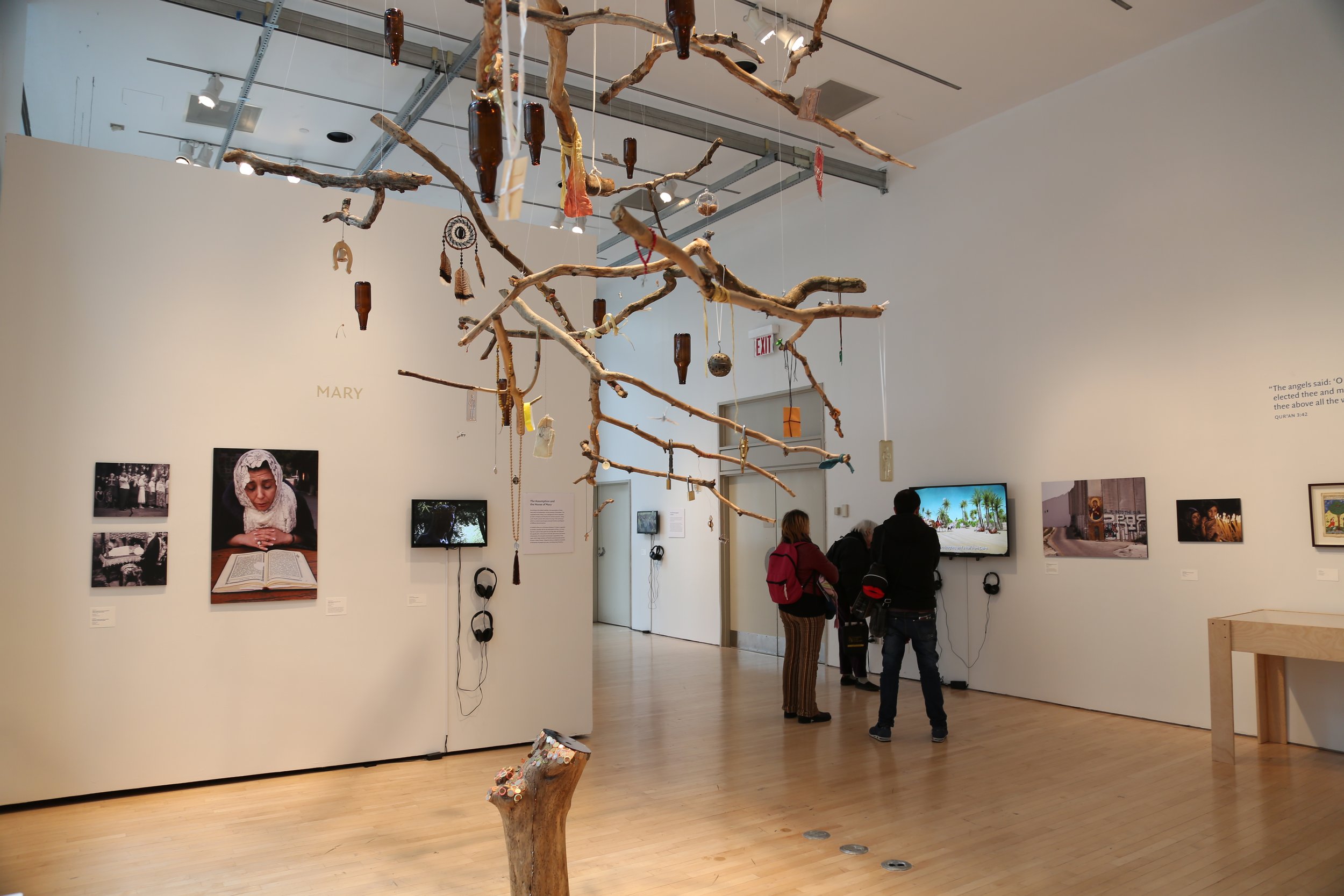

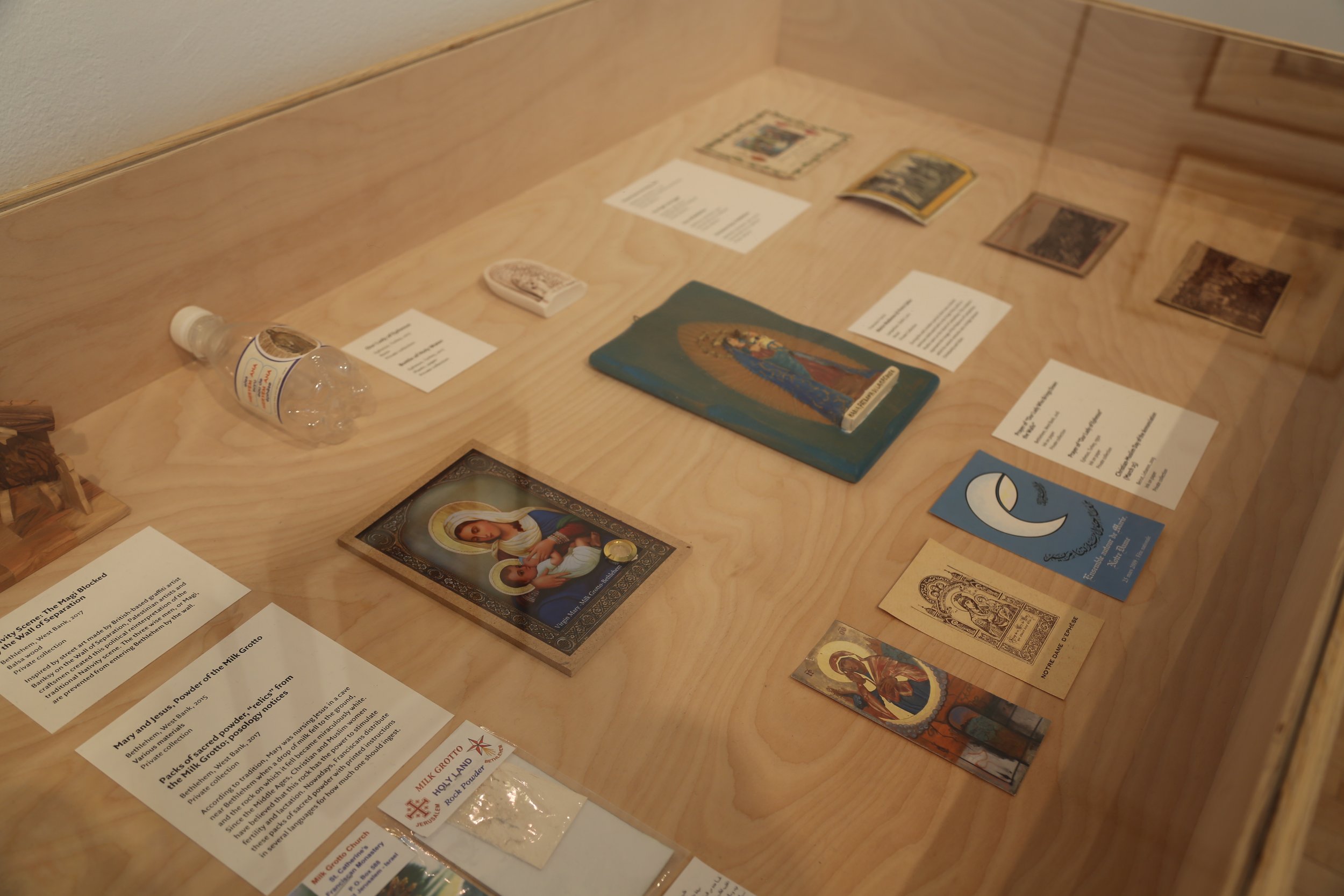
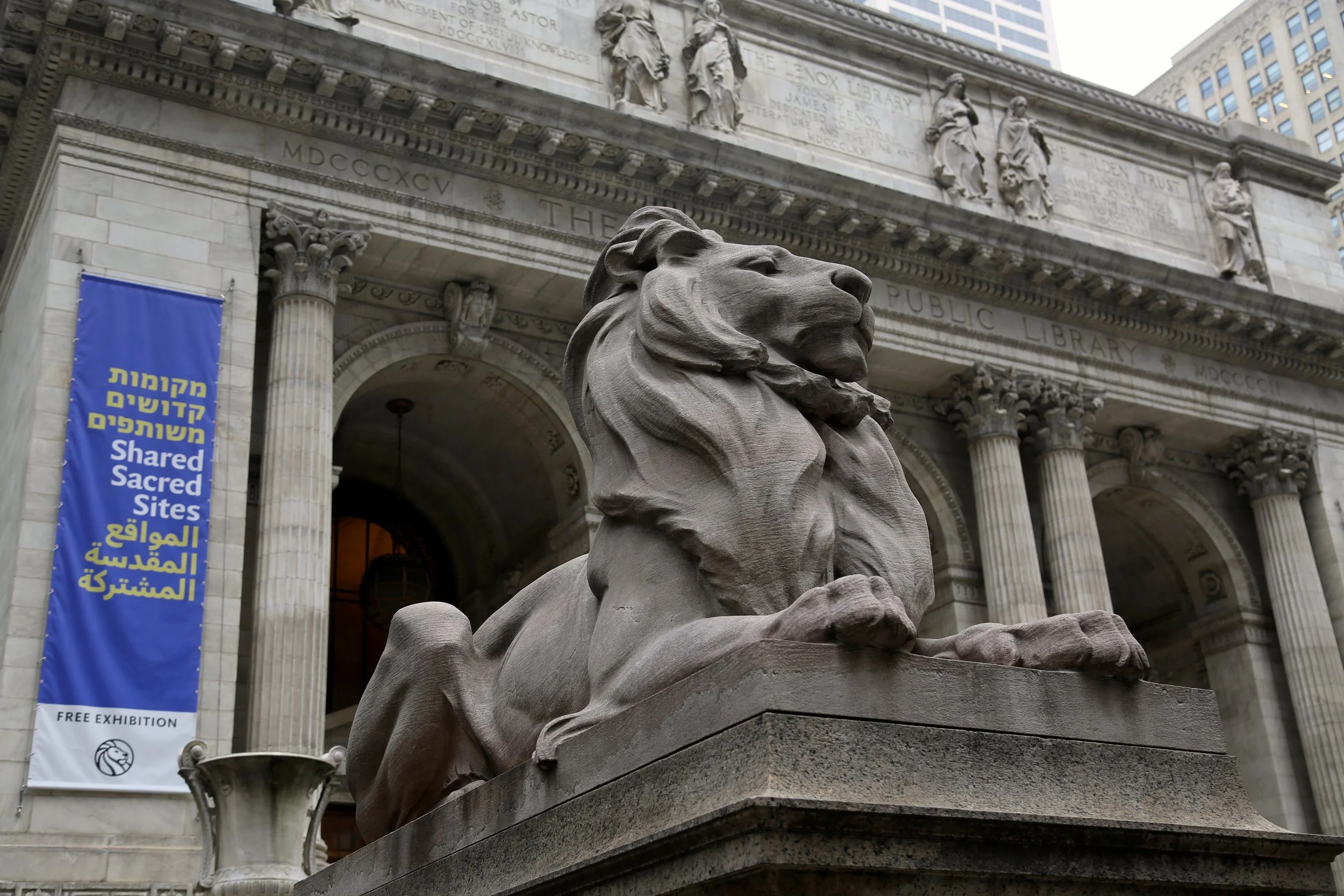

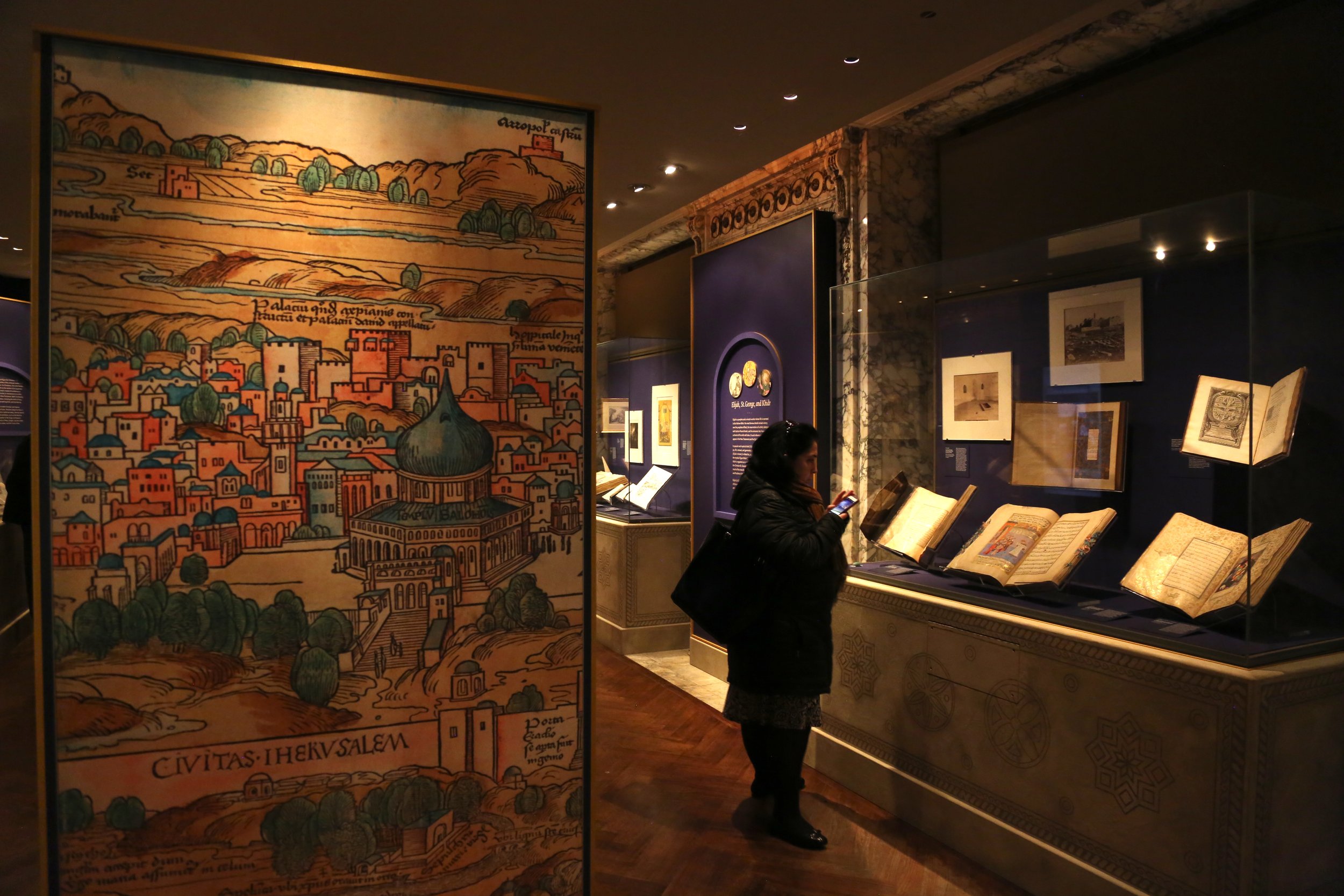
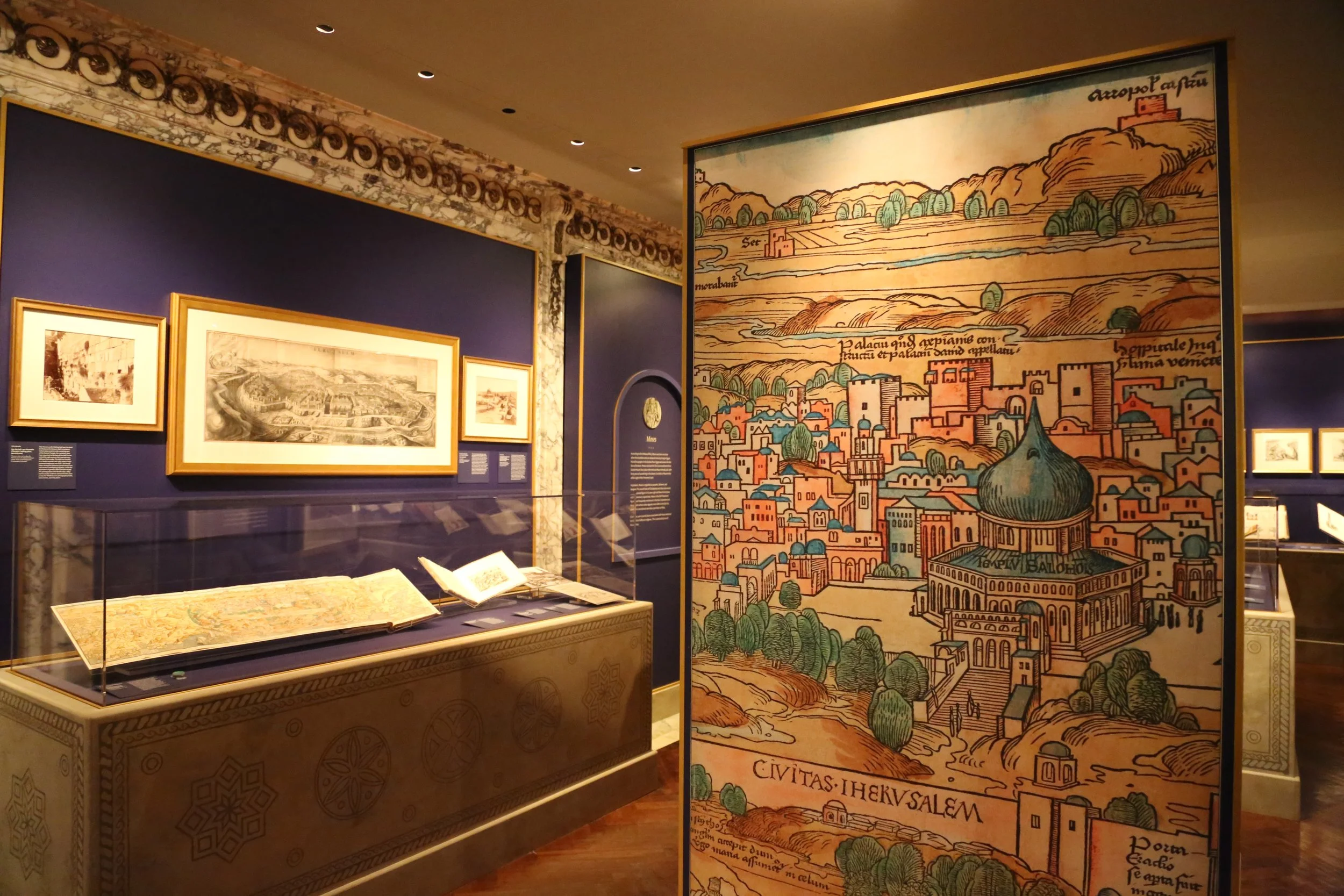
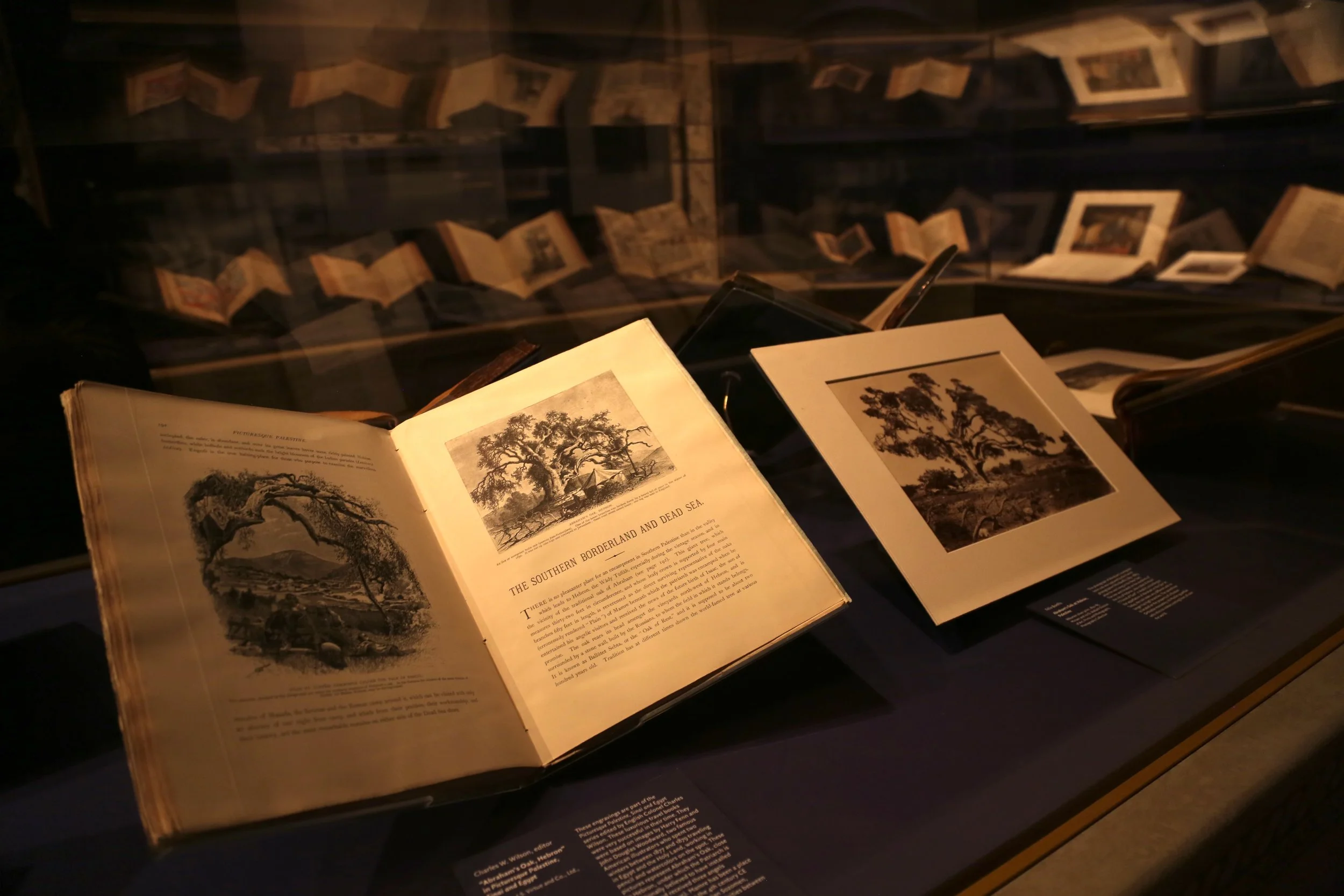
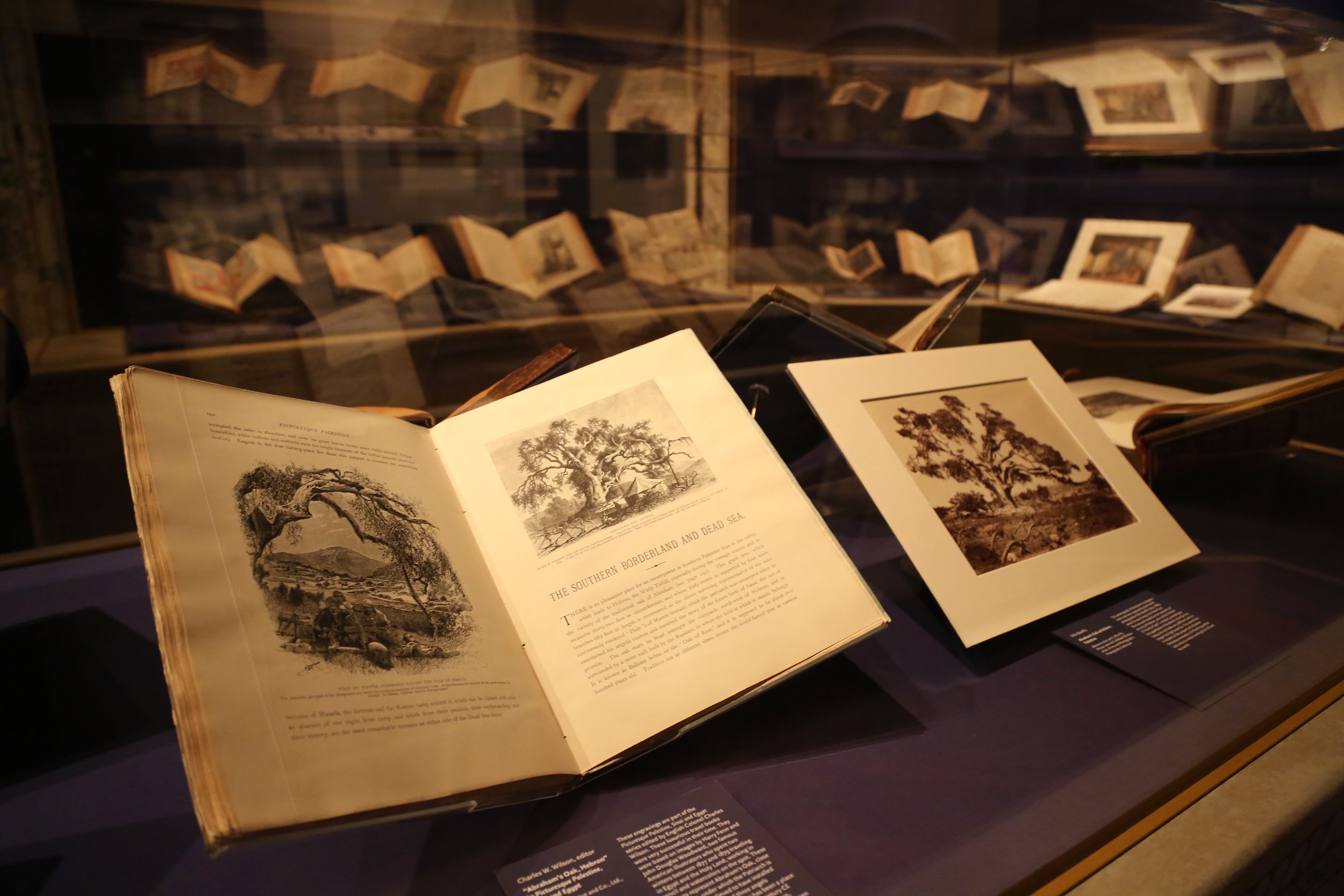
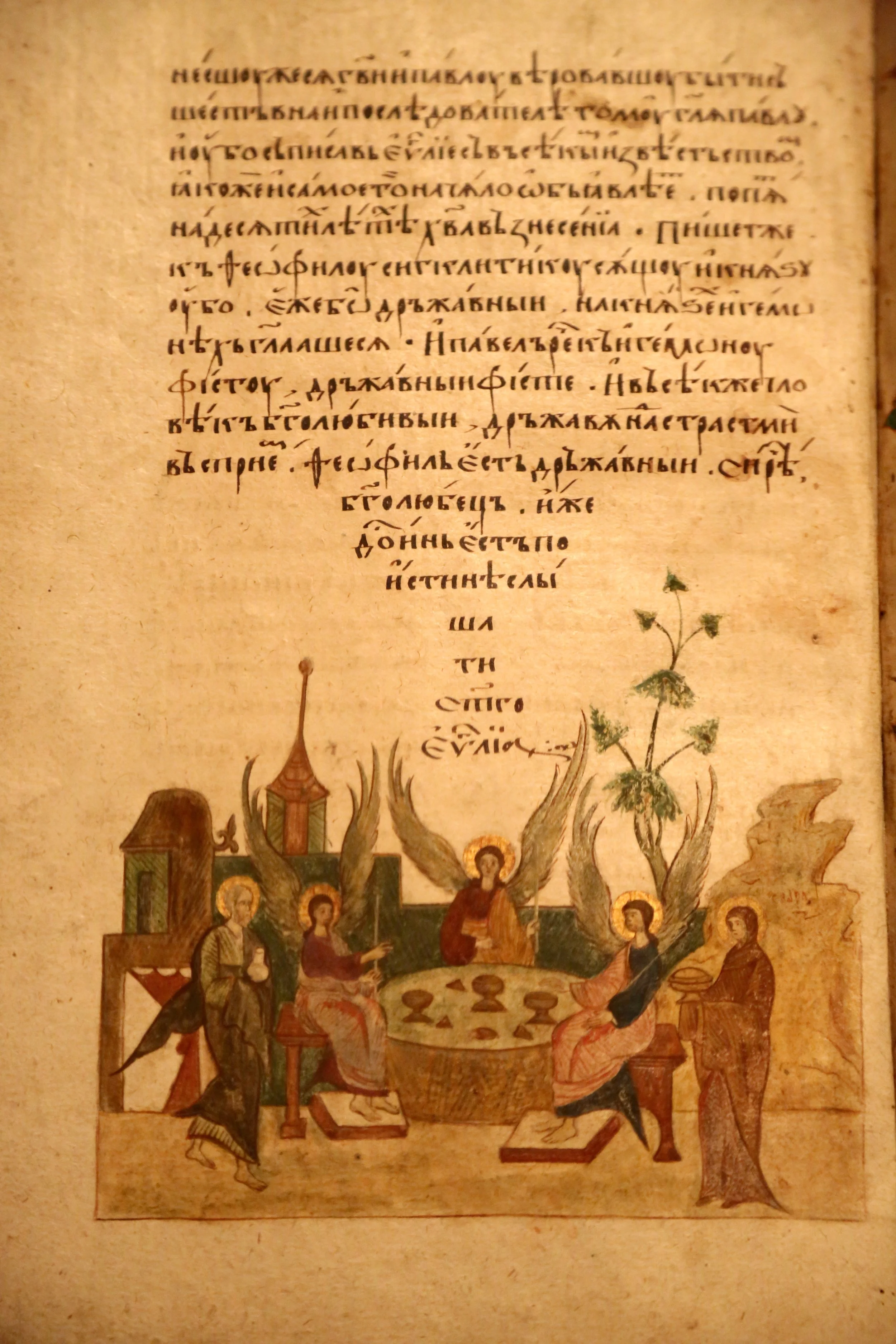

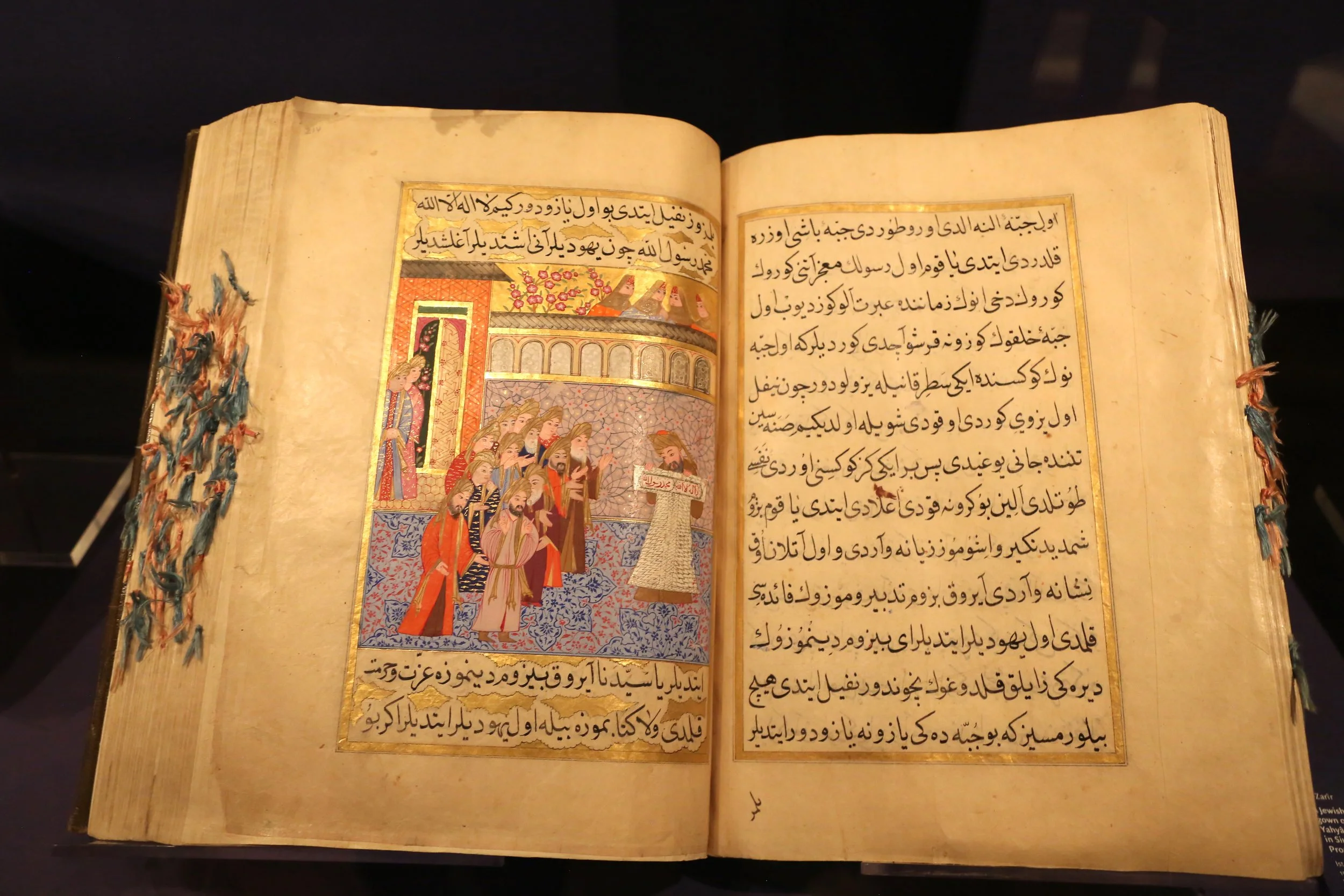
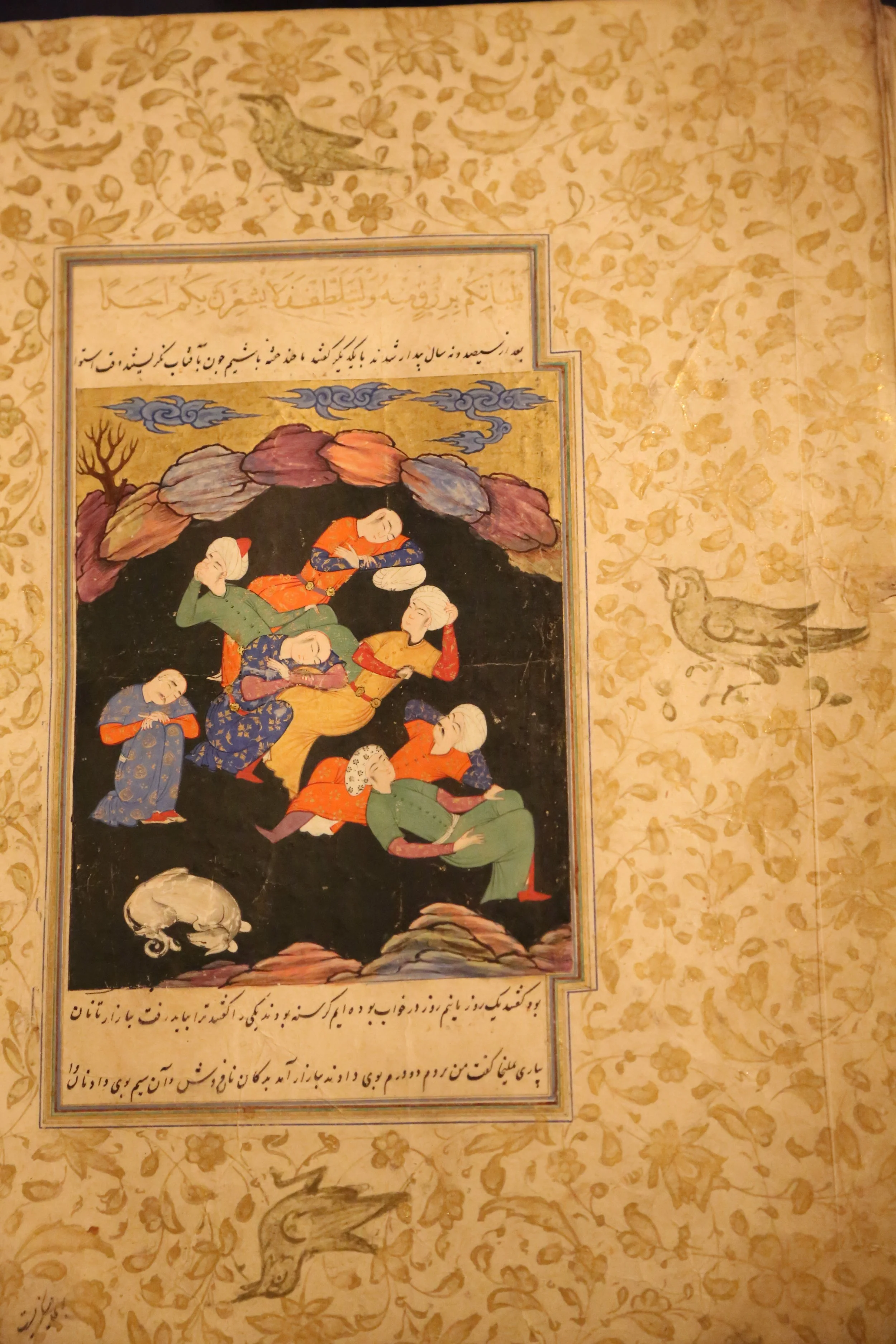
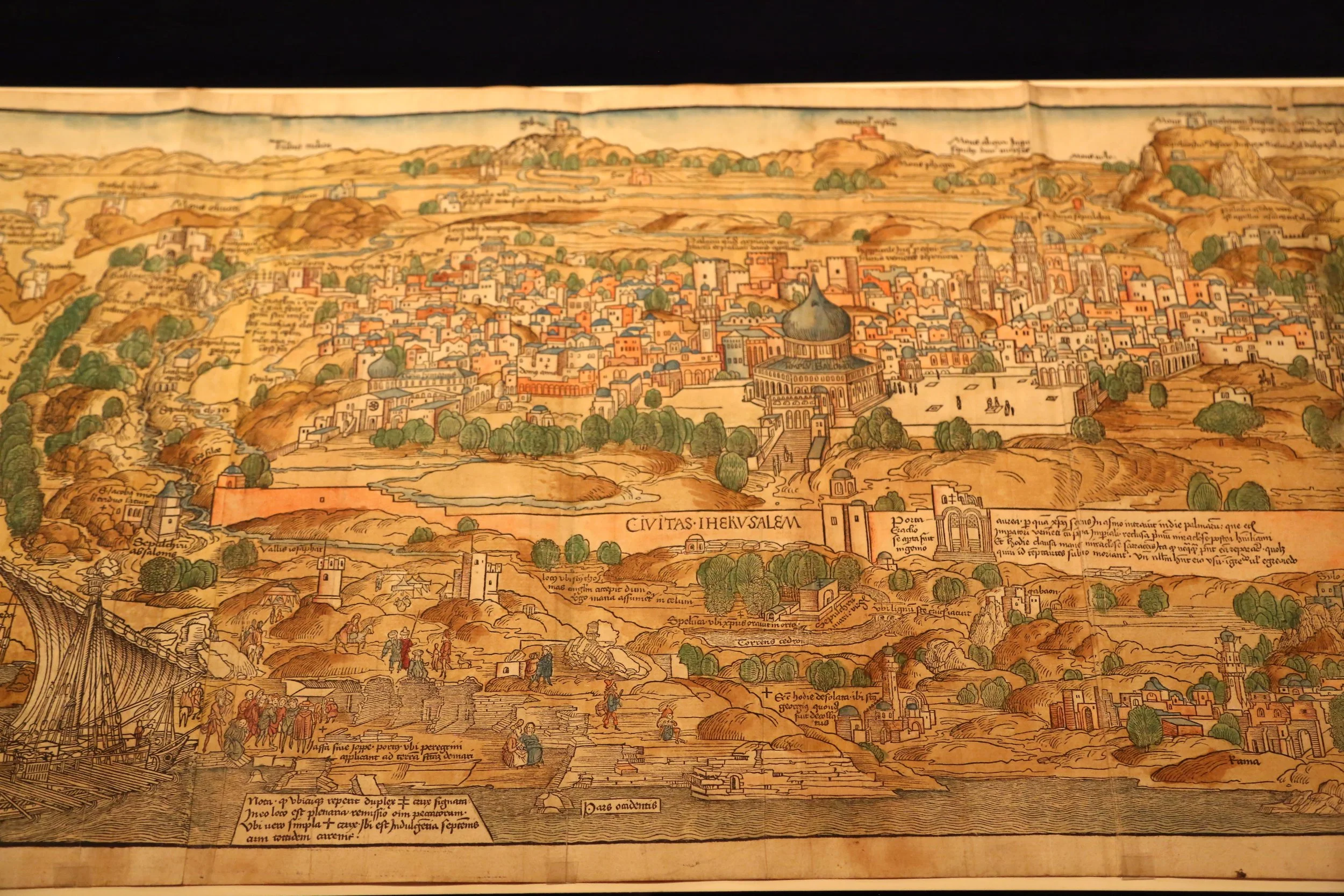


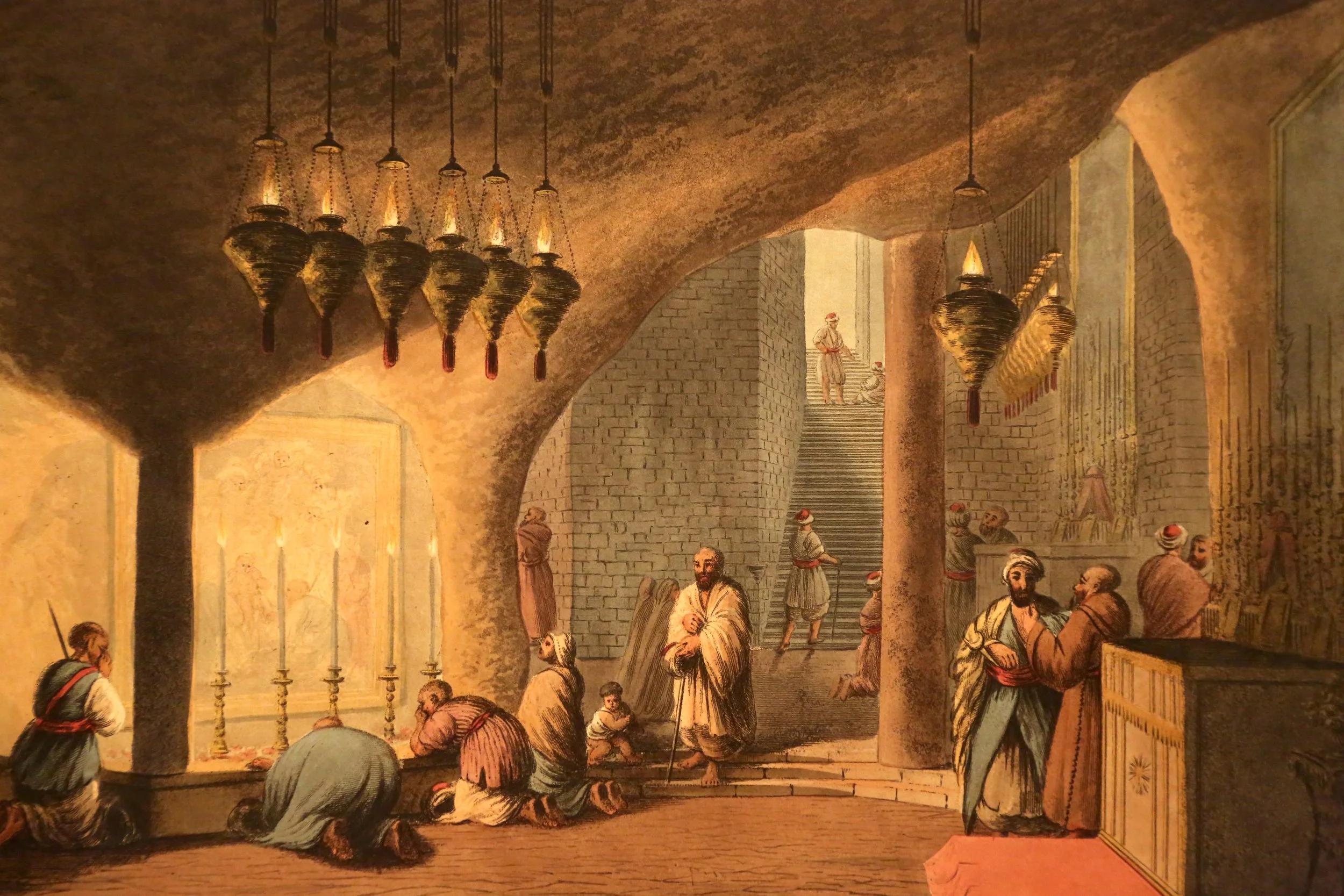
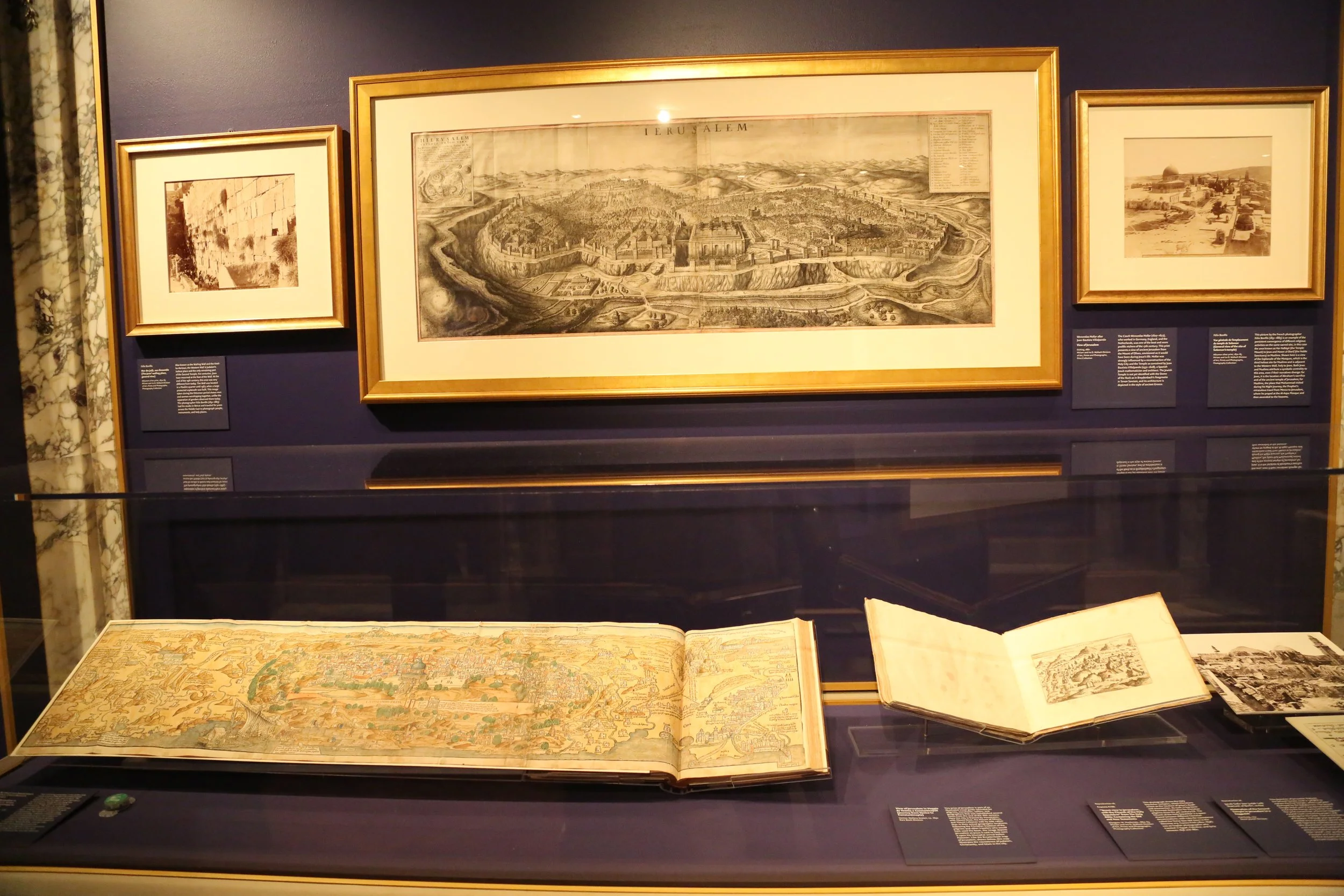


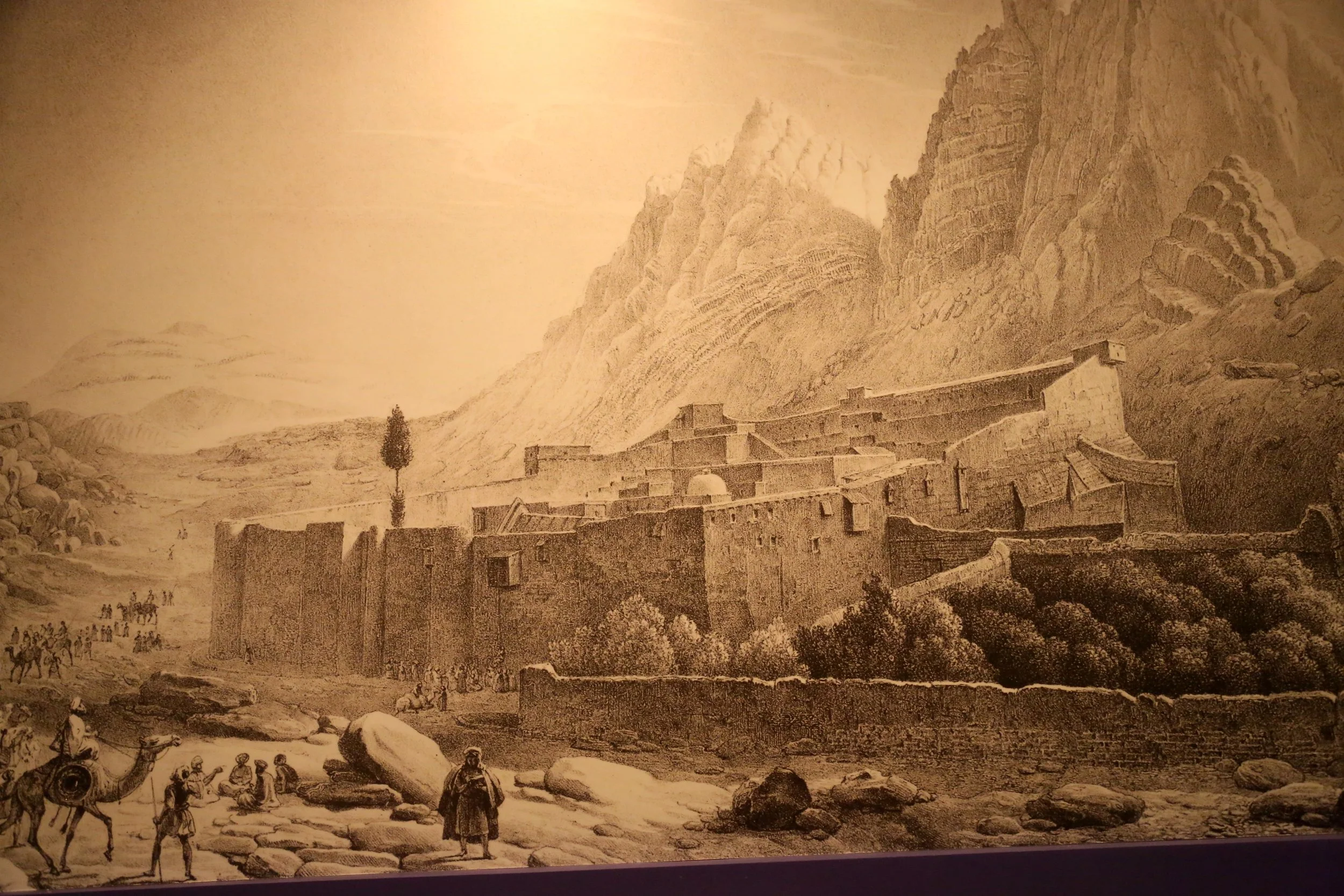
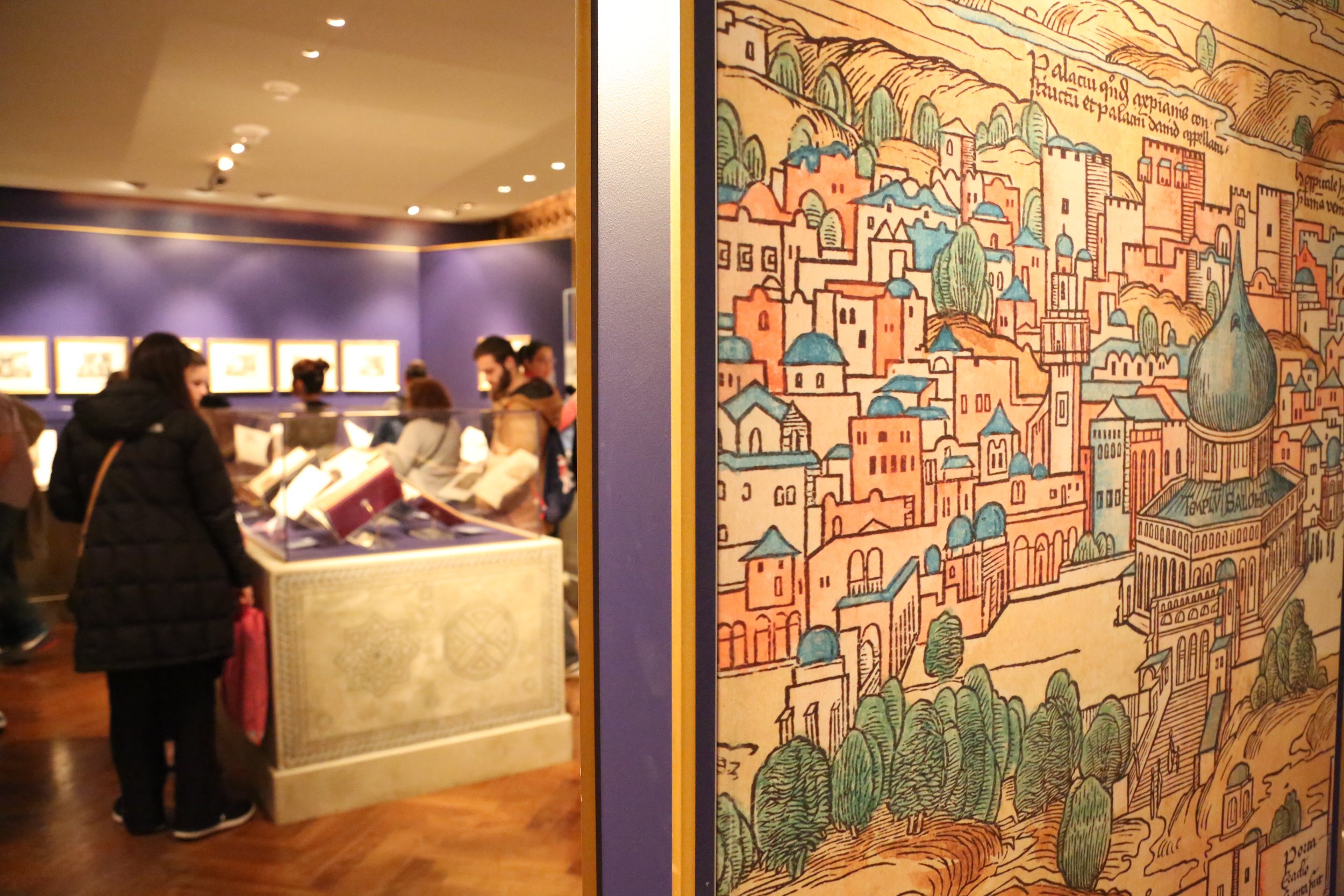
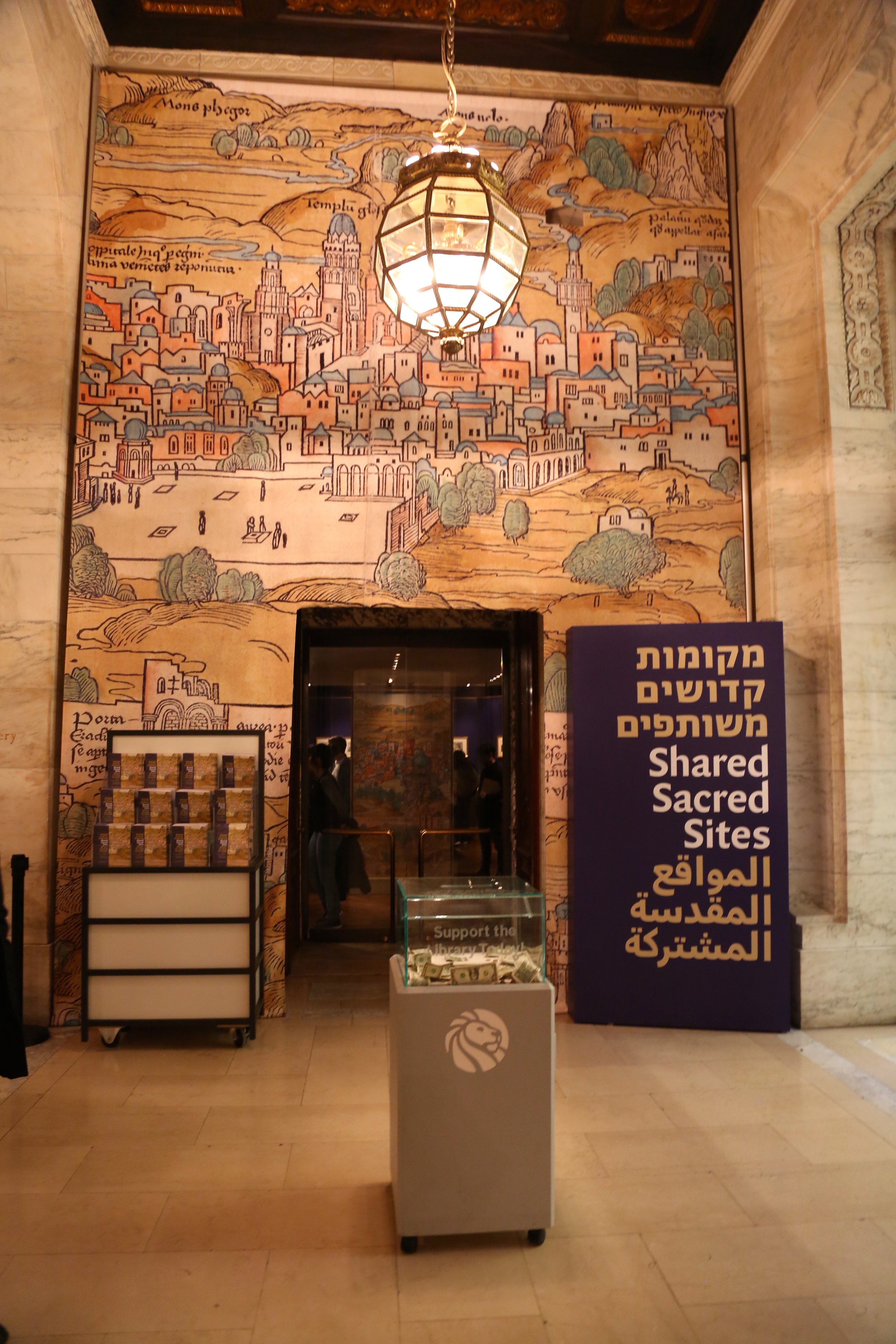
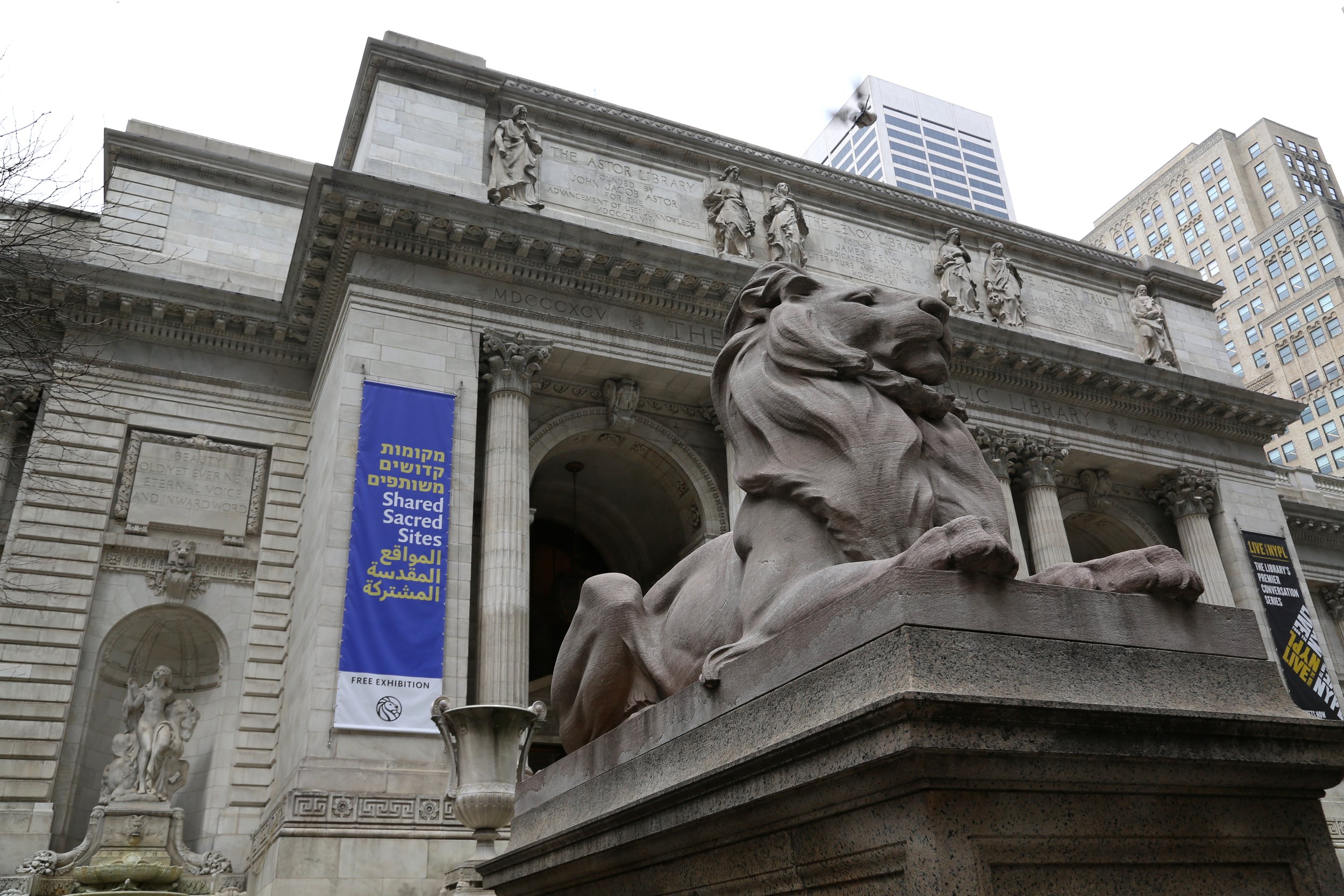


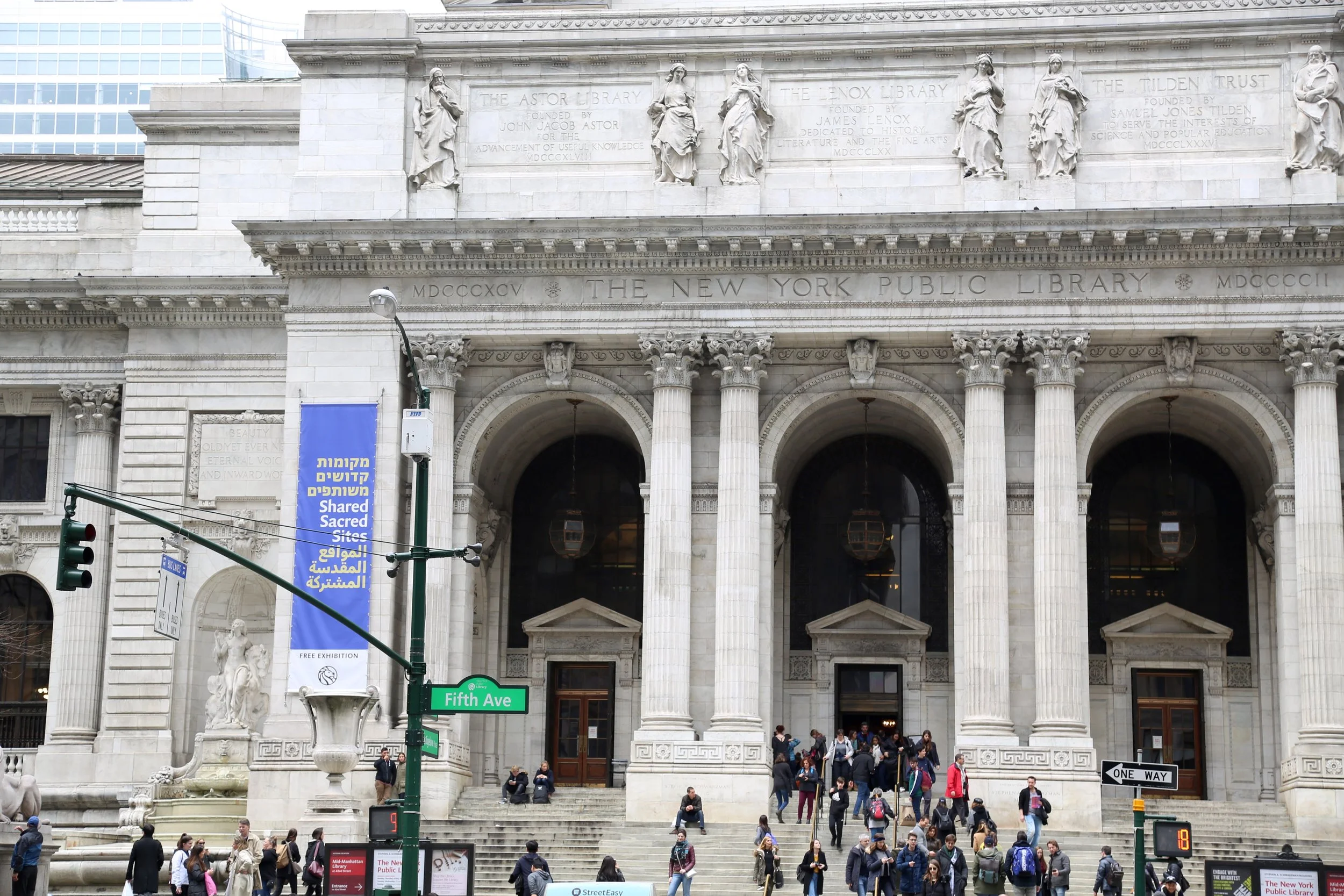
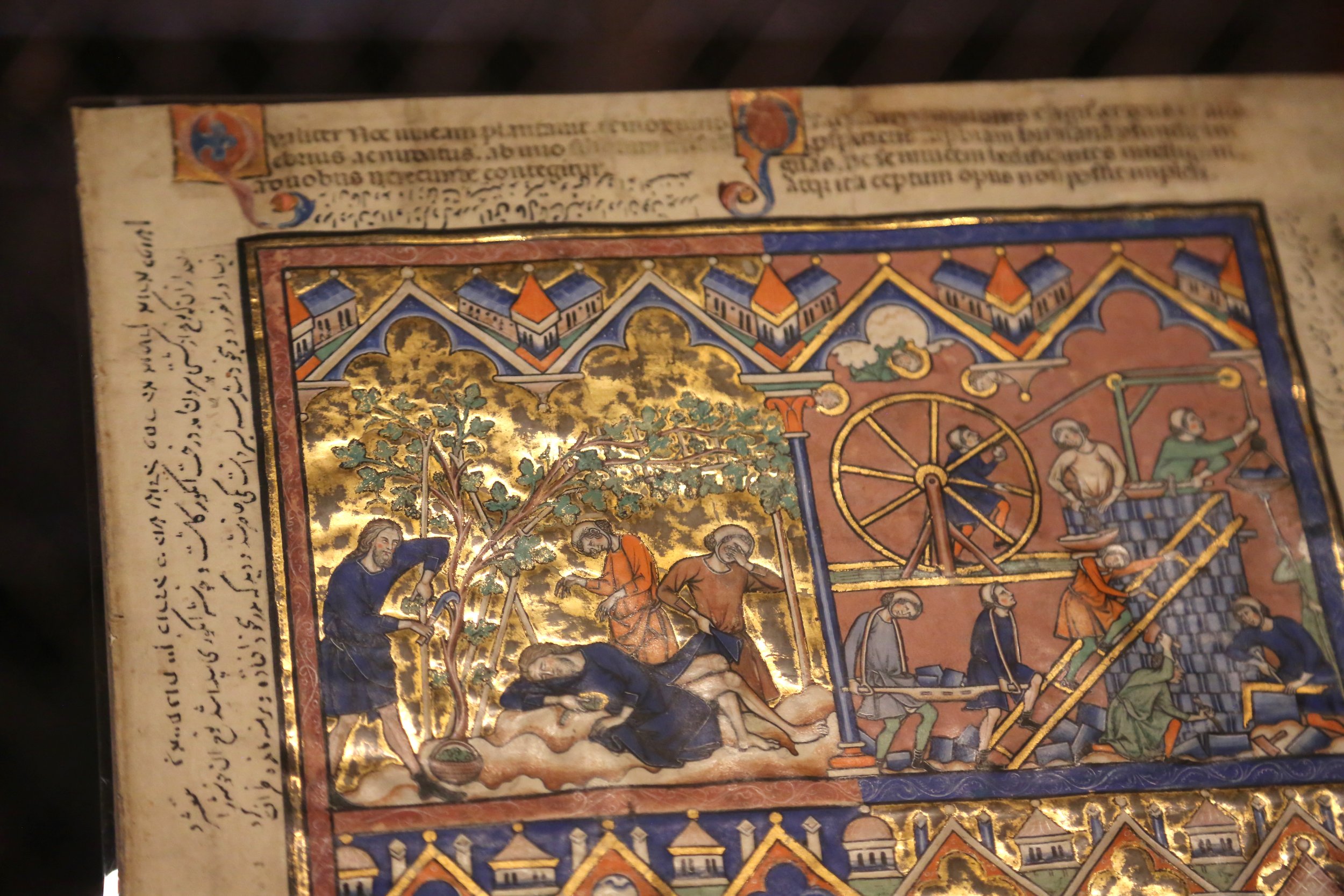
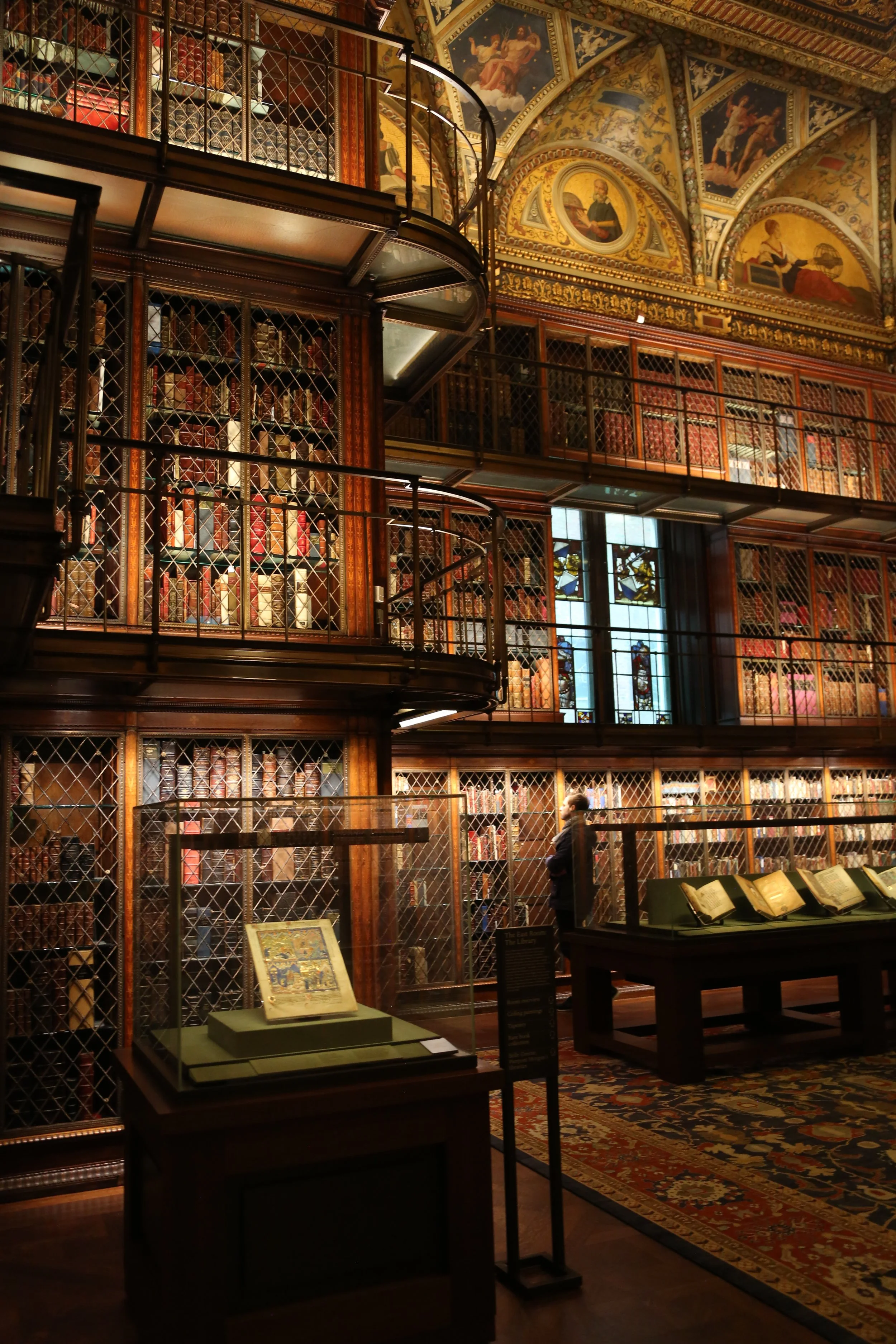

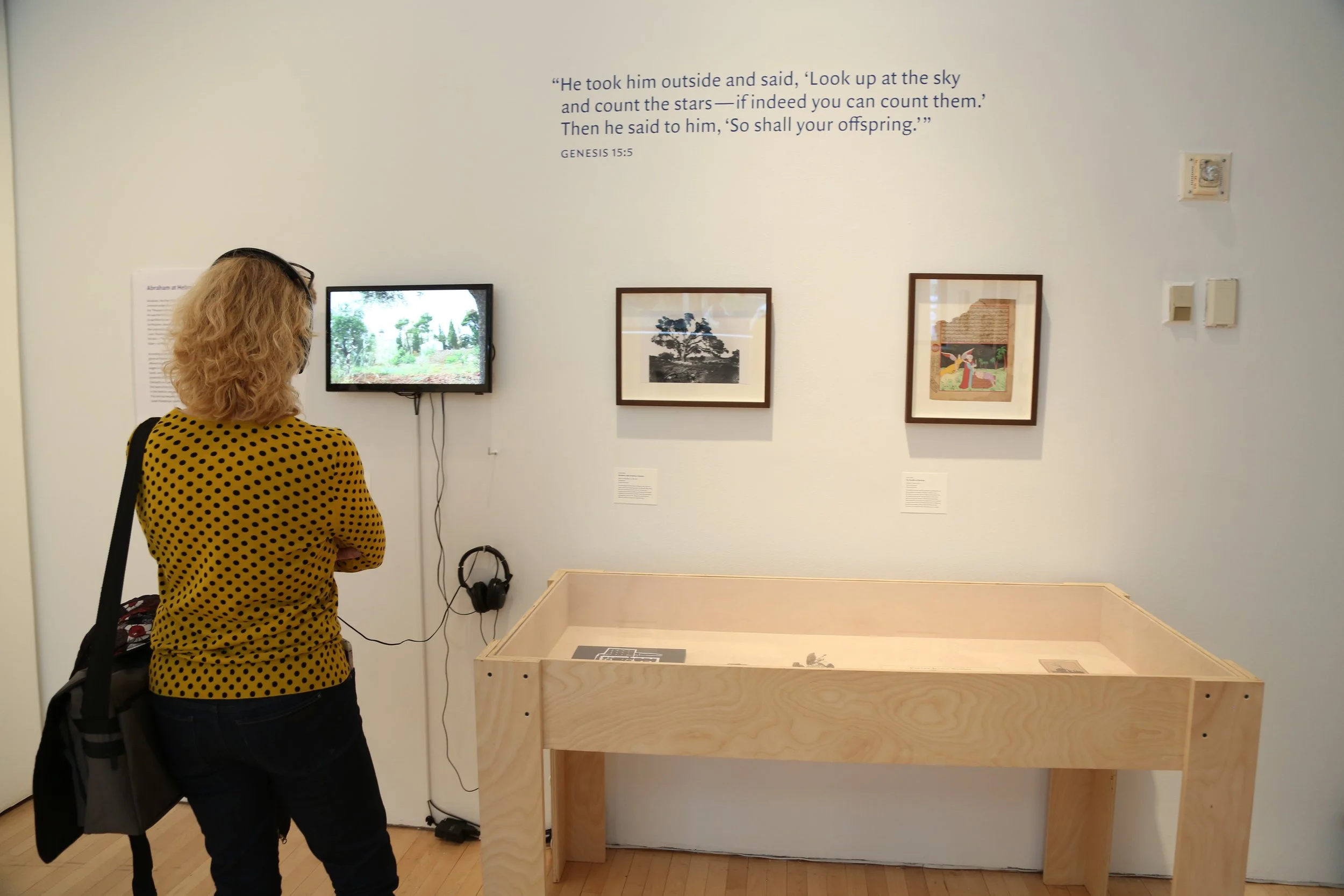
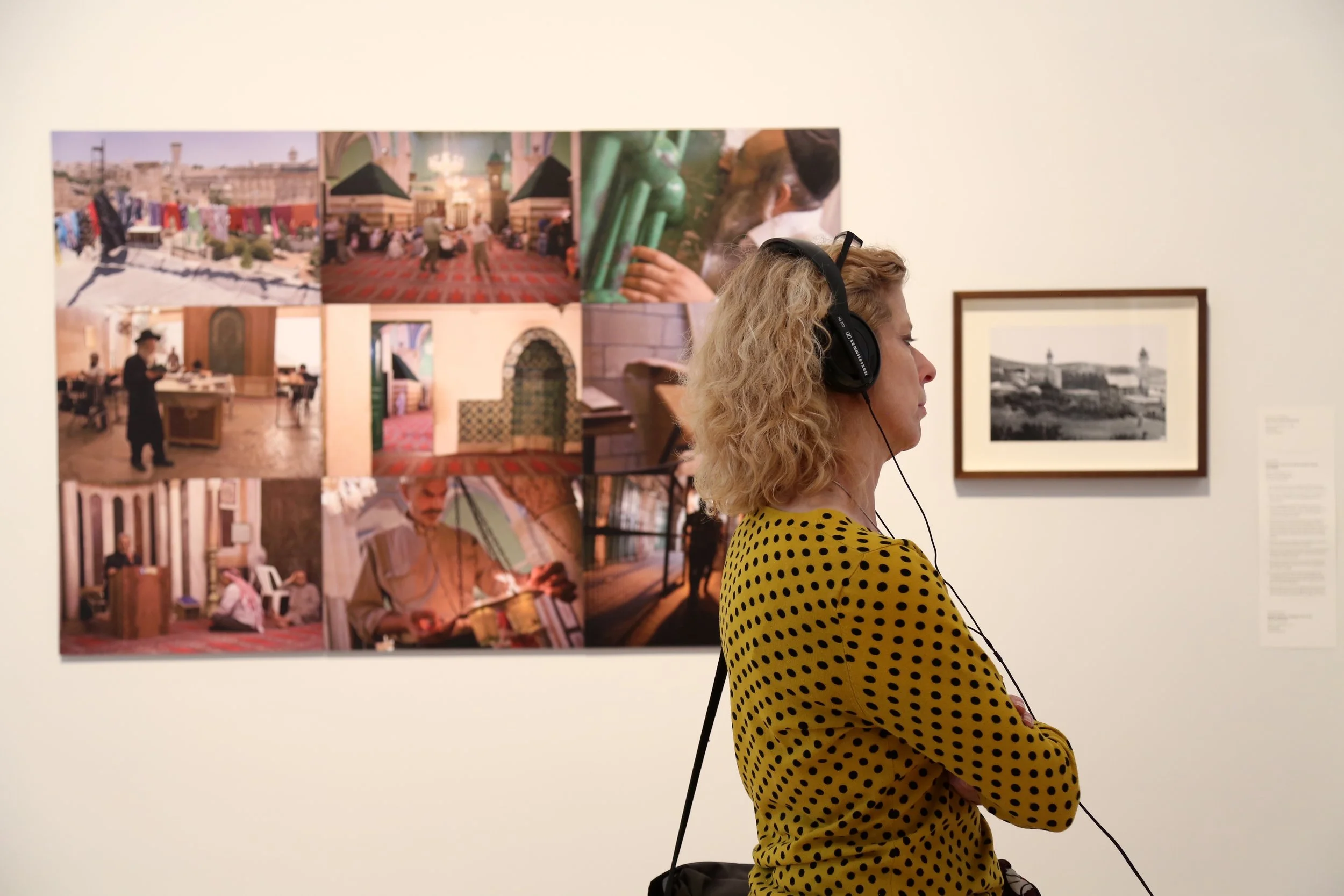
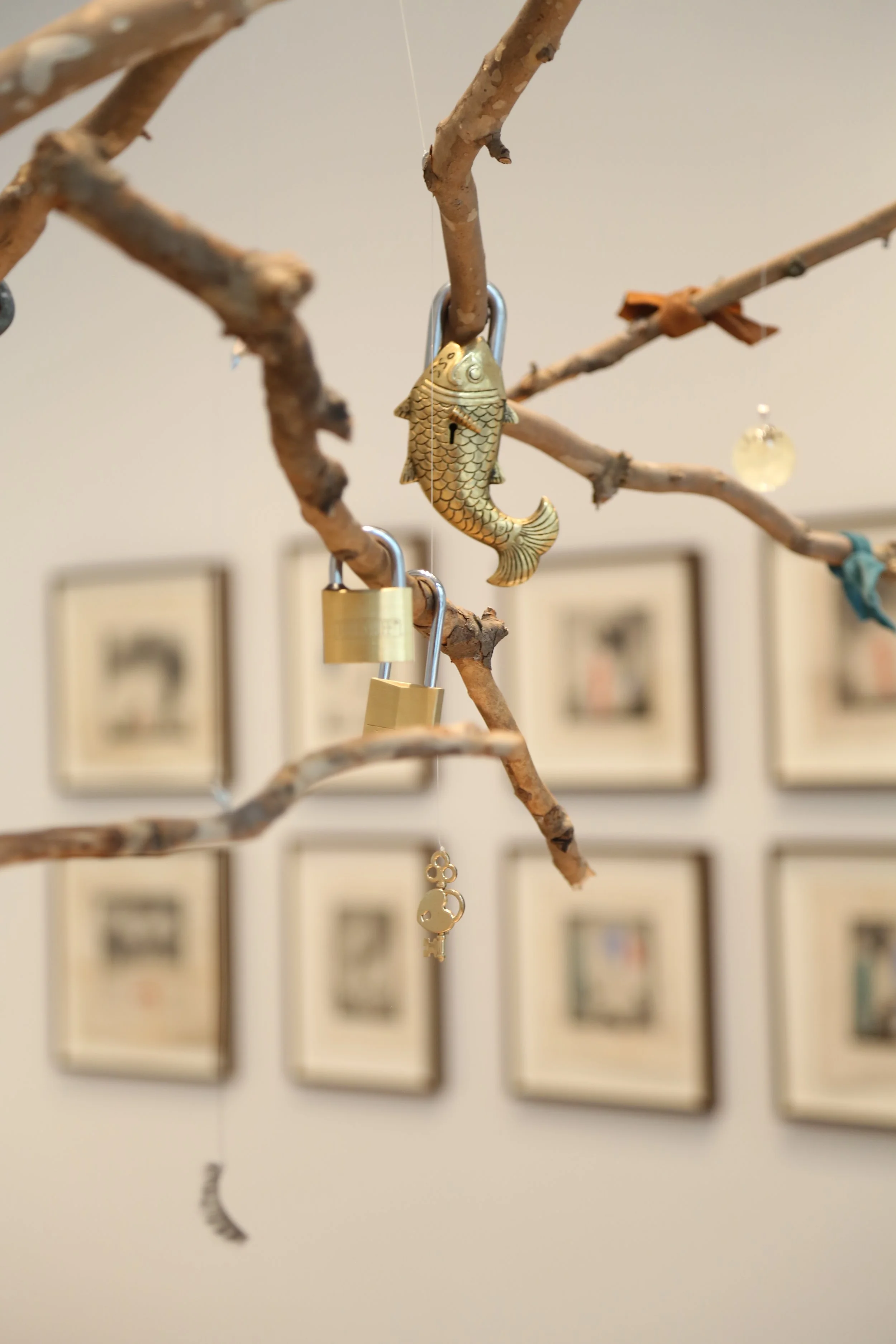




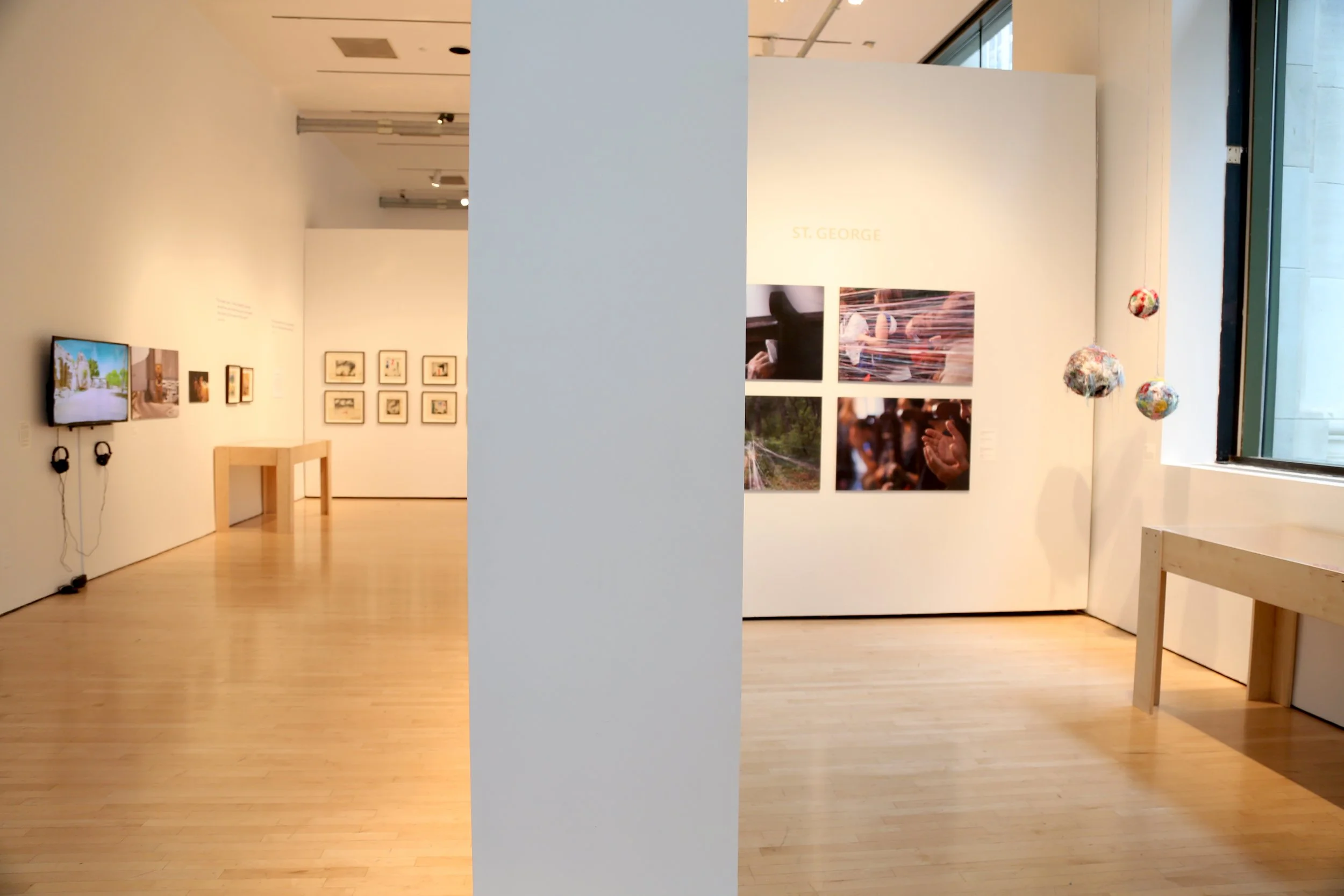
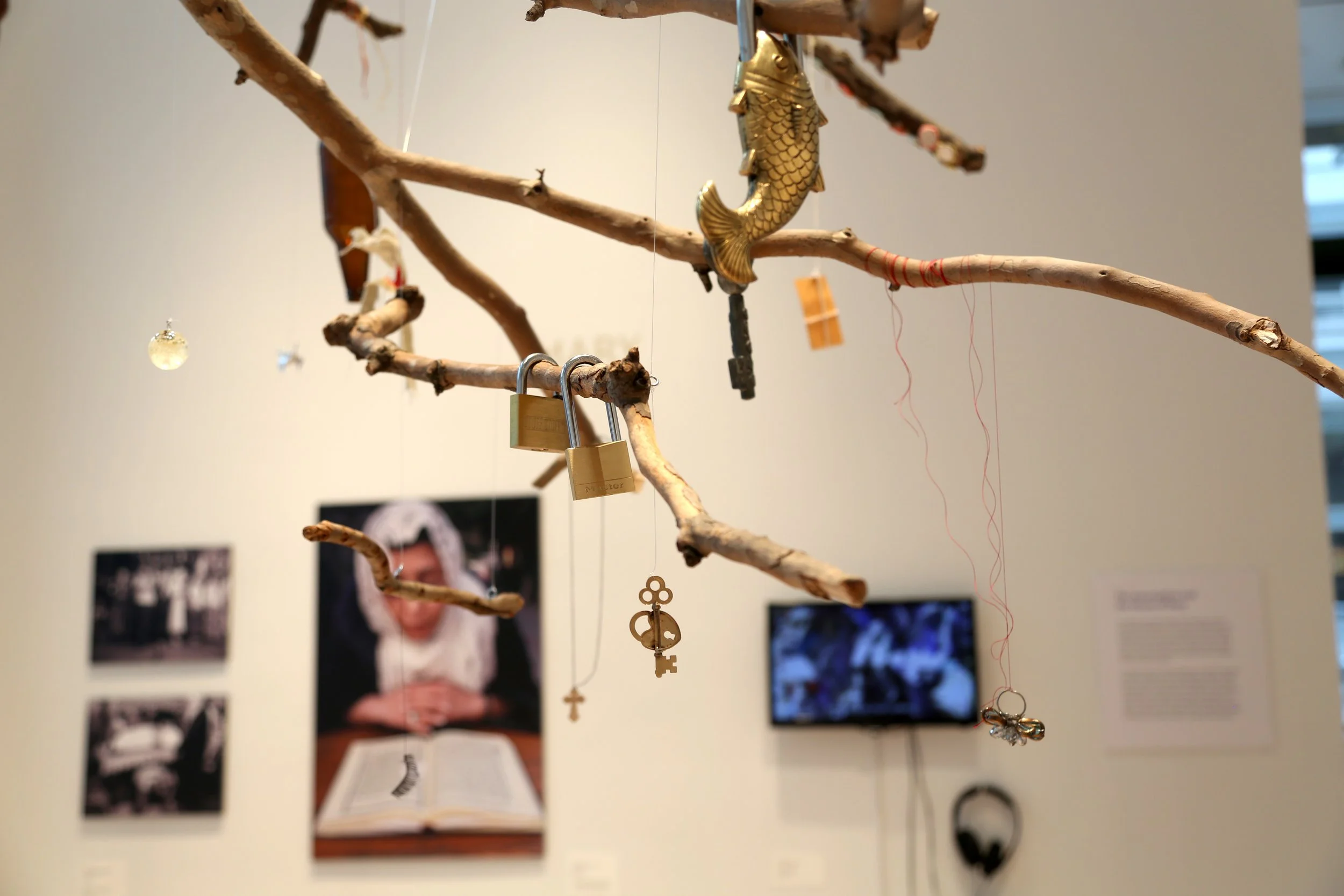





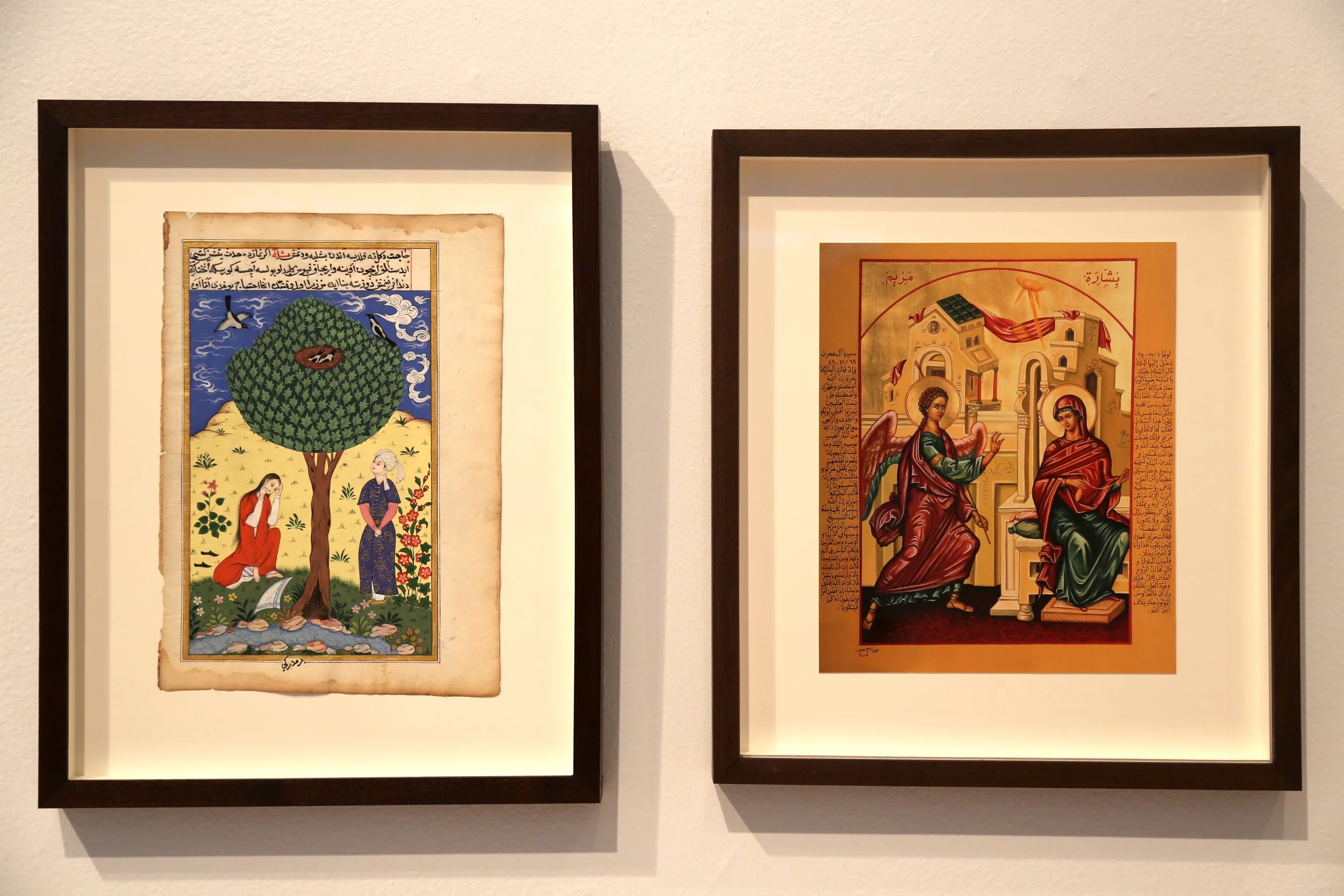
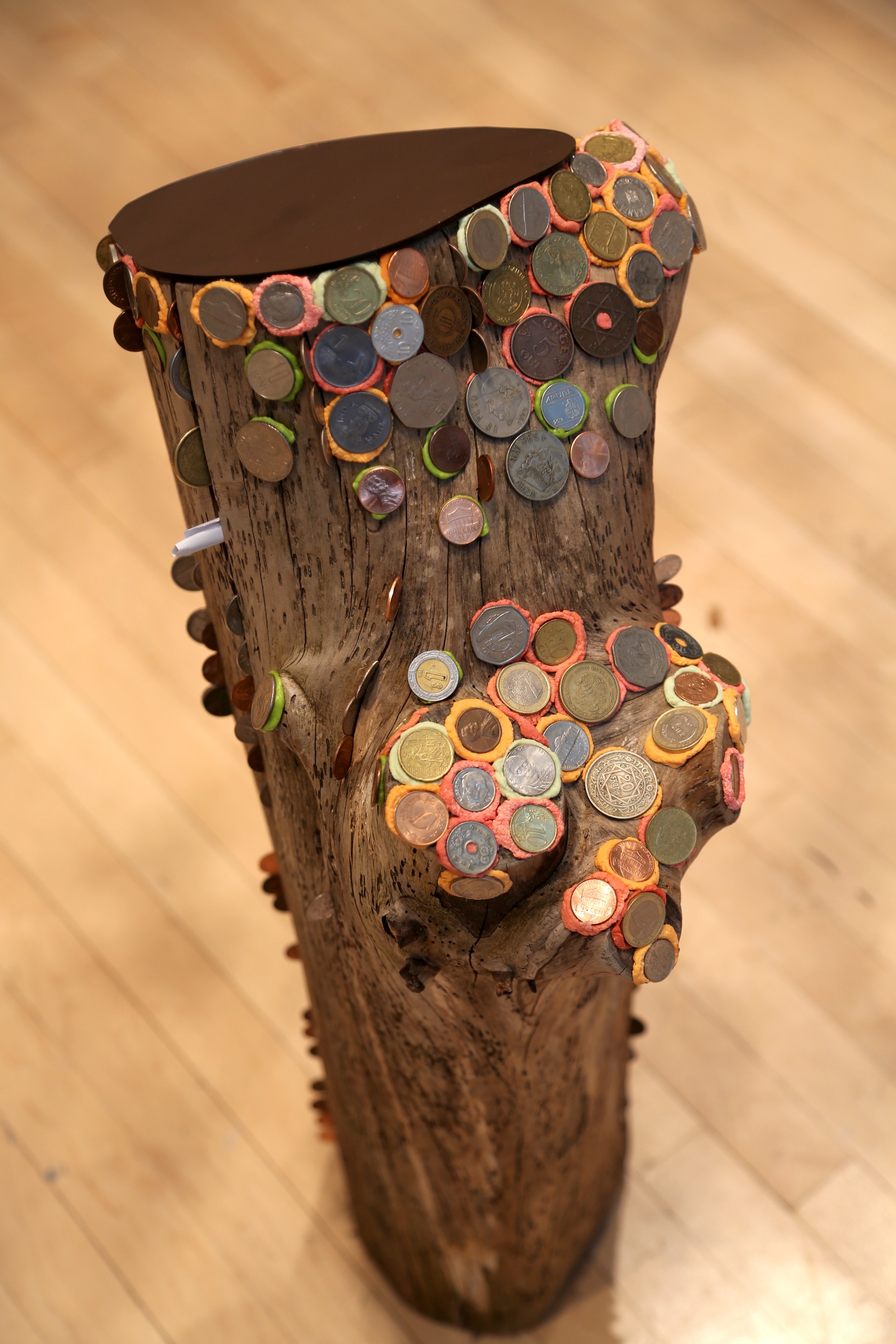
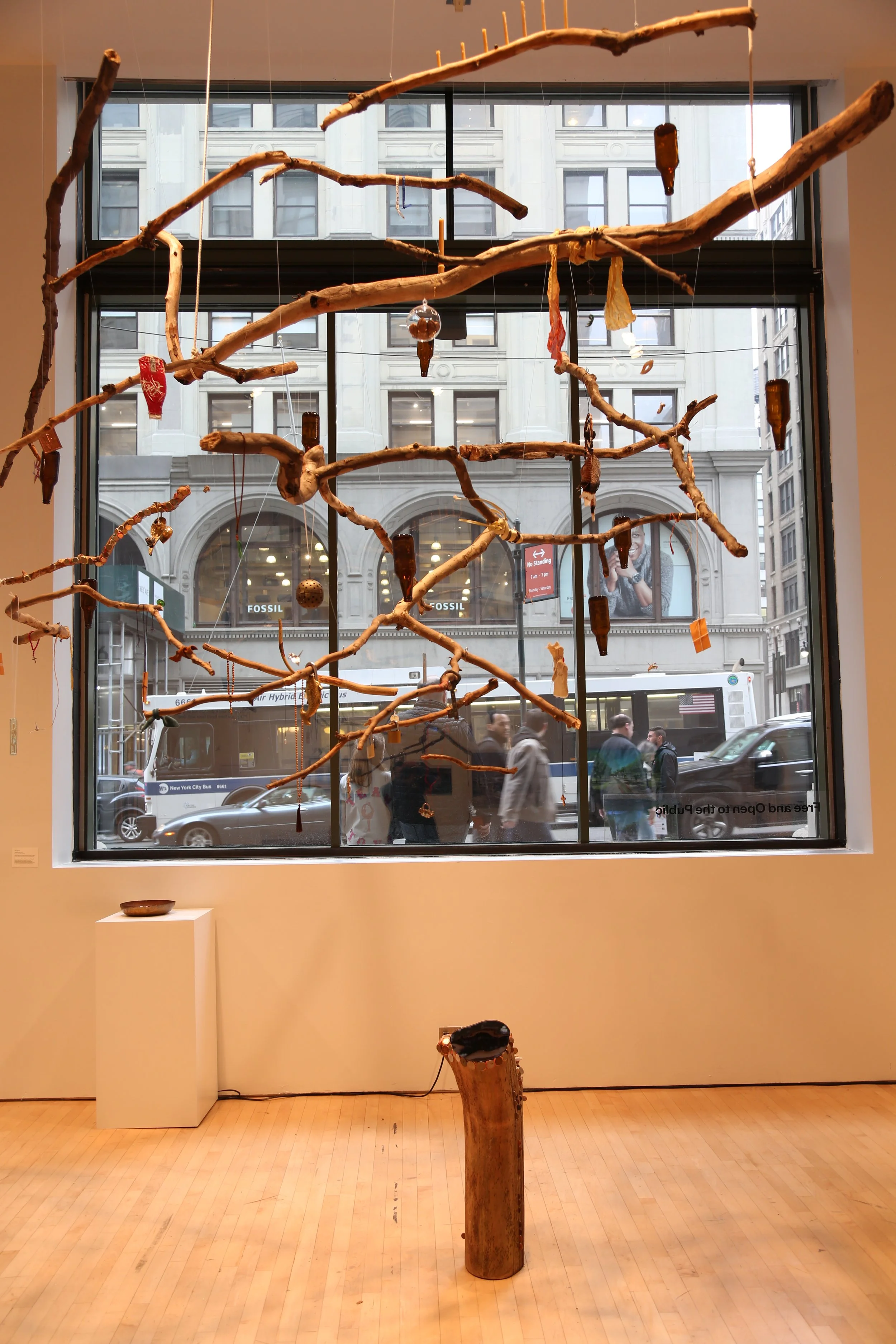

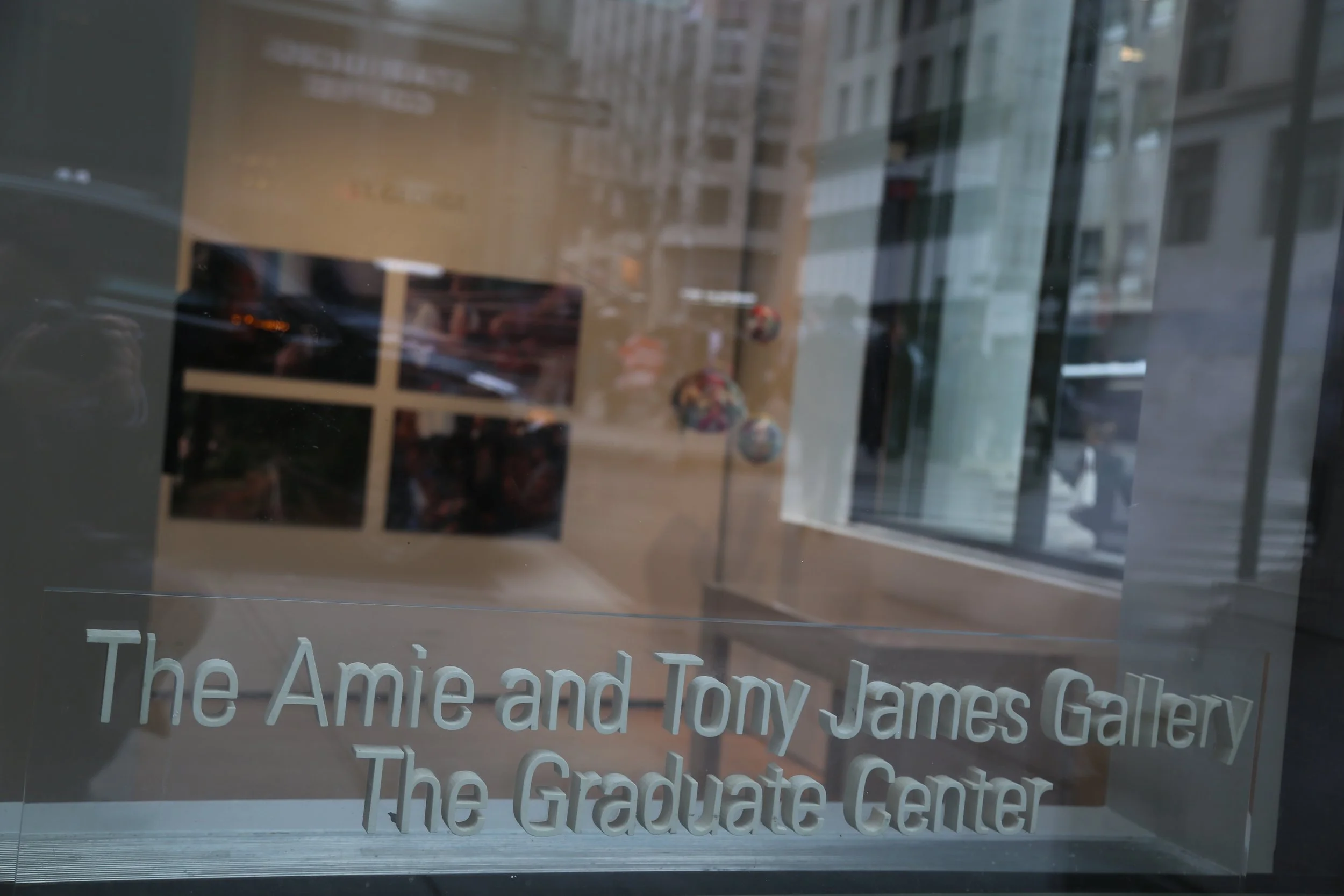
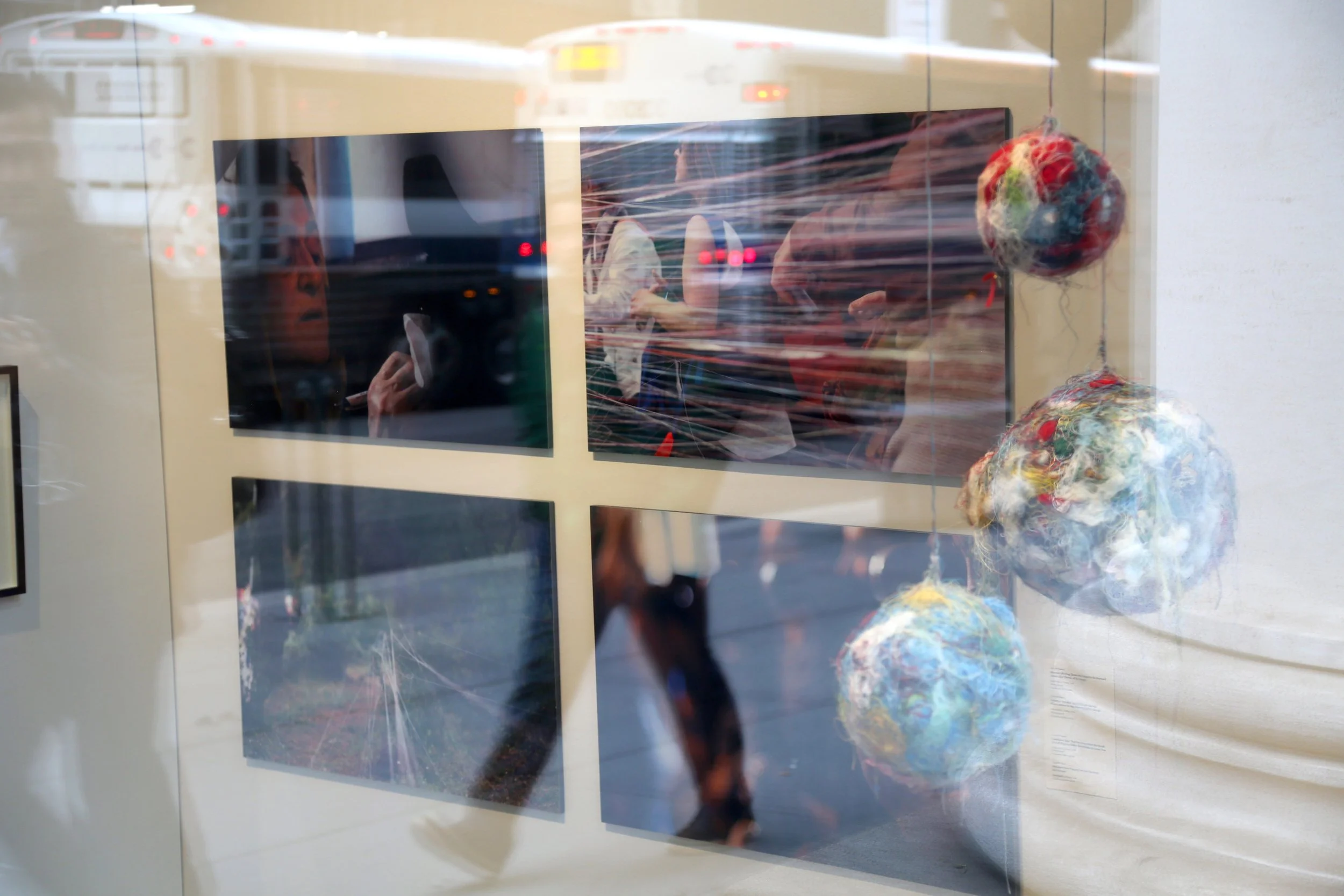
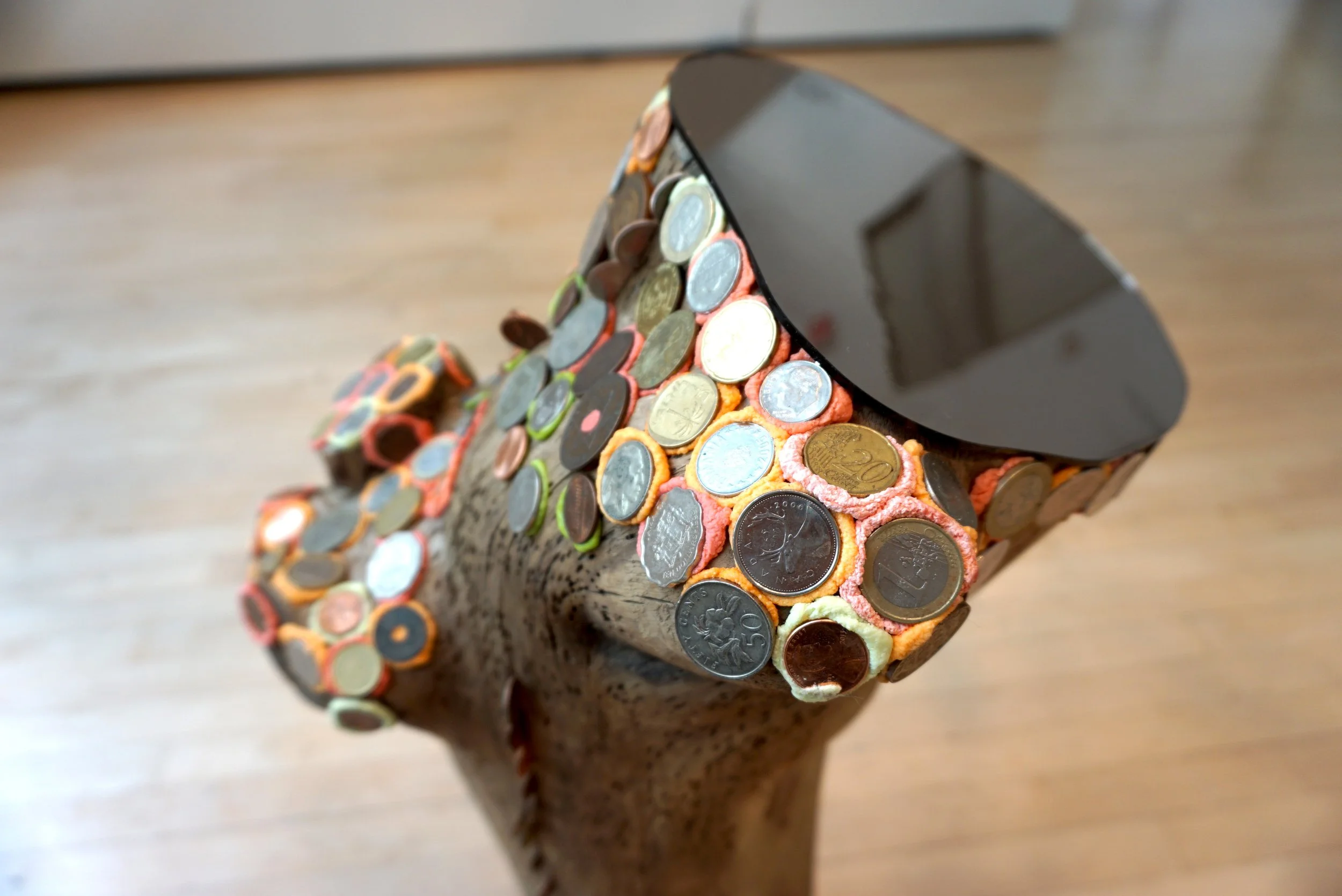
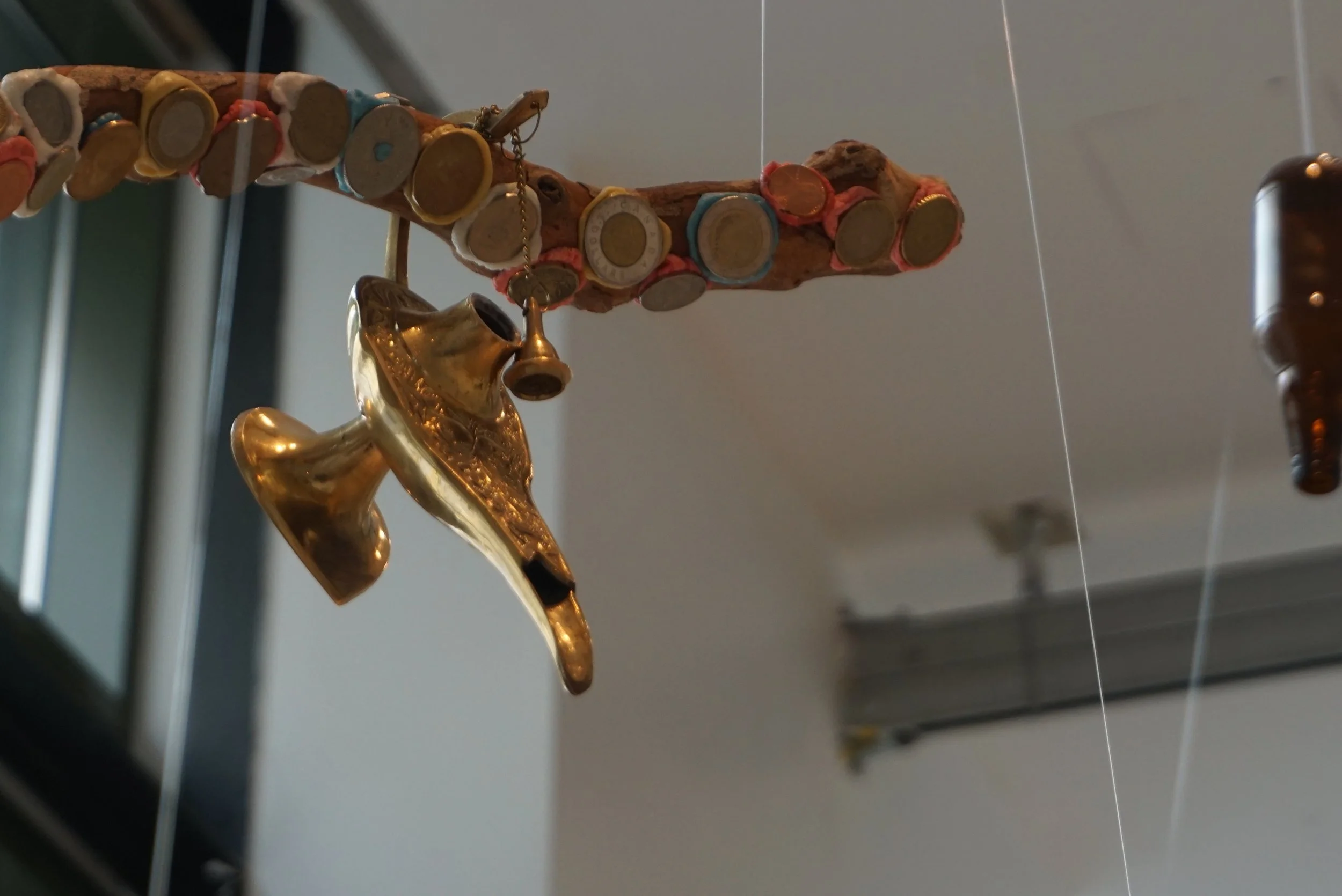
about the exHibit
-
For centuries, Christians, Jews, and Muslims, as members of the Abrahamic religions, have visited and prayed at sanctuaries belonging to each other. This presence of “shared” sacred sites is a well–established phenomenon in the Mediterranean, revealing the permeability of the frontiers between religious communities. Despite theological differences, the three religions share several elements in terms of beliefs, rites, holy figures and places. These features have formed a fertile ground for sharing sacred sites across the Mediterranean and the Middle East. However, they have also historically led to antagonism between different religions and partition of some of these places. Yet today, many shrines and sanctuaries have survived across the Mediterranean world and welcome the faithful of different religions with hospitality and respect.
Shared Sacred Sites presents a powerful story of tolerance and cross-faith, cross-cultural co-existence. The project combines cultural events, performances, contemporary art, ethnographic material and digital interactive media to tell the story of a long Mediterranean and Middle East tradition against current discourses of conflict, exclusion, and fundamentalism: that of sharing of saints, sacred places, religious practices, and experiences between Muslims, Christians, and Jews. We focus on the Mediterranean and the Middle East not only because it is the historical birthplace of the three Abrahamic religions, but also because it is the space where the three religions came to negotiate with each other, in tension and in cooperation
-
Shared Sacred Sites was organized as a contemporary ‘pilgrimage’ in Manhattan through three venues: The New York Public Library, the Morgan Library and Museum, and the James Gallery at the CUNY Graduate Center.
At the New York Public Library, the exhibition opened with the history of the Holy Land, a look at Jerusalem as both holy city and center of pilgrimage for three faiths. An examination of Abraham’s vision of hospitality set the stage for extending forbearance to the stranger and the unfamiliar. This mythical episode—present both in the Bible and the Qur’an—was also key to the New Testament command, ‘Do not neglect to show hospitality to strangers, for by doing that some have entertained angels without knowing it.’ The exhibition then shifted to Moses, who engendered a common veneration at Mount Sinai in Egypt, followed by the Saint Catherine monastery, which was a stop for many Muslim pilgrims traveling to Mecca since the premodern area. Many of them visited the top of the mountain where there is still a mosque and a church. Mary has also been pivotal to the narratives that bind Christianity and Islam, as if encouraging the bridge between these religions through her shared sanctity. To complete a panoptic vision of shared holy figures, other characters are depicted and presented such as Elijah/al-Khidr at Mount Carmel, the Seven Sleepers, John the Baptist, and Saint Georges.
The Morgan Library and Museum brought an altogether different aspect of the story of coexistence and collaboration between diverse cultures in a display of the celebrated Morgan Picture Bible produced in Paris around 1250, which offers the most exquisite visualizations of the events of the Old Testament. With the passing of time and distance, the manuscript acquired inscriptions in Latin, Persian, and Judeo-Persian. It is a beautiful display of the contact of civilizations and a deep respect for shared heritage.
The Graduate Center at the City University of New York gathered contemporary examples compiled by an international team with various explorations and experiences in sanctuaries, presenting a medley of artifacts, contemporary art, multimedia, and photographs. Visitors of the exhibition were able to discover contemporary situations in the places such as Bethlehem, Djerba, Ephesus, Haifa, Hebron, Istanbul, and more.
-
-
Opening and Concert
Yinon Moallem — Meeting of Hearts
(March 28, 2015 @ NYPL)
The New York Public Library presented a conversation between three faith leaders from each of the Abrahamic religions. Cheikh Khaled Bentounes, Rabbi Rolando Matalon, and Minister and Theologian Cláudio Carvalhaes will discuss the issues of mutual tolerance, universal understandings of hospitality that come from the tradition of Abraham, as well as how each religious tradition has within itself the capacity to reach out to others and promote “living together in peace.” They discussed their participation and their view of the tradition of sharing sacred sites between the three Abrahamic faiths. They questioned the relationship between humanitarianism and the three religions, and explored the limits of religion as a full advocate of humanitarianism. The event was moderated by Anisa Mehdi, acclaimed journalist, filmmaker, and director of the Abraham Path Initiative.
Thinking Out Loud:
Shared Sacred Sites: A Conversation with Faith Leaders
Shared Sacred Sites Workshop. From the Mediterranean to the United States: Perspectives on Pluralism.(March 29, 2018 @ CUNY Graduate
Martin E. Segal Theatre)Participants: Dionigi Albera, CNRS-IDEMEC, Aix-Marseille University ; Karen Barkey, University of California, Berkeley; Anna Bigelow, North Carolina State University; Aomar Boum, University of California, Los Angeles; Jon Butler, Yale University; Nancy Foner, City University of New York, Hunter College & Graduate Center; Yinon Muallem, Shared Traditions in Music ; Glenn Bowman, University of Kent; Manoël Pénicaud, CNRS-IDEMEC, Aix-Marseille University; Jonathan Sheehan, University of California, Berkeley; Winnifred Sullivan, Indiana University; David Campbell, Notre Dame University
-
Read a review of the Shared Sacred Sites Exhibition by Gordon Haber at The Forward.

